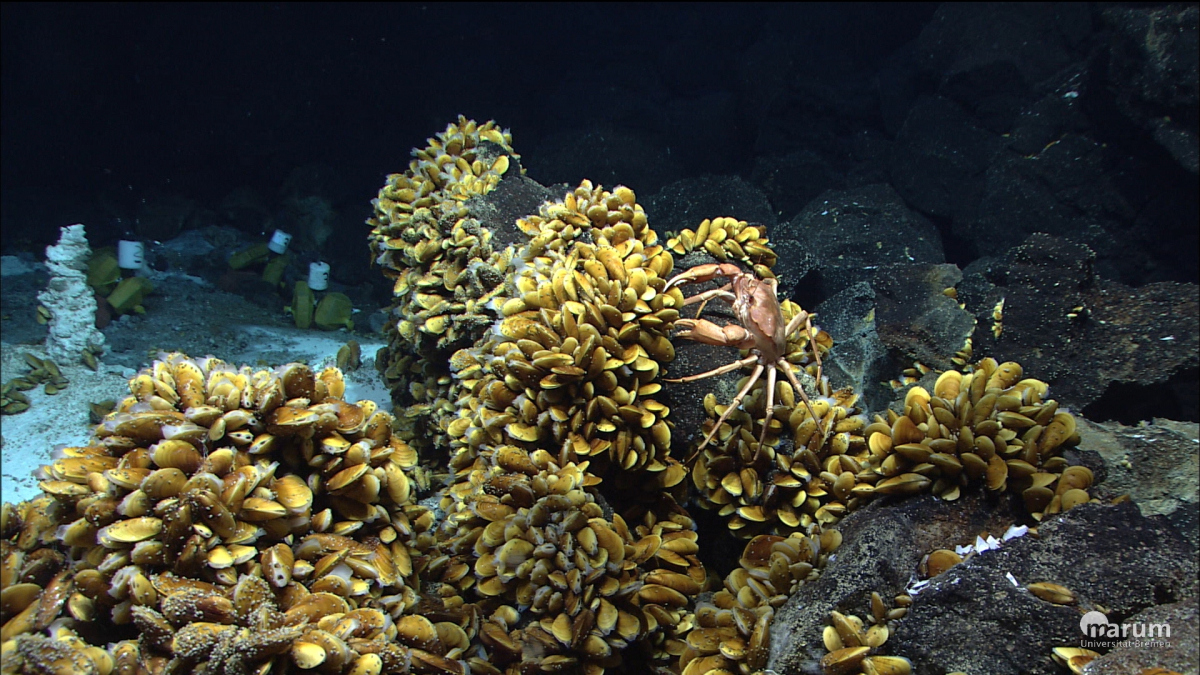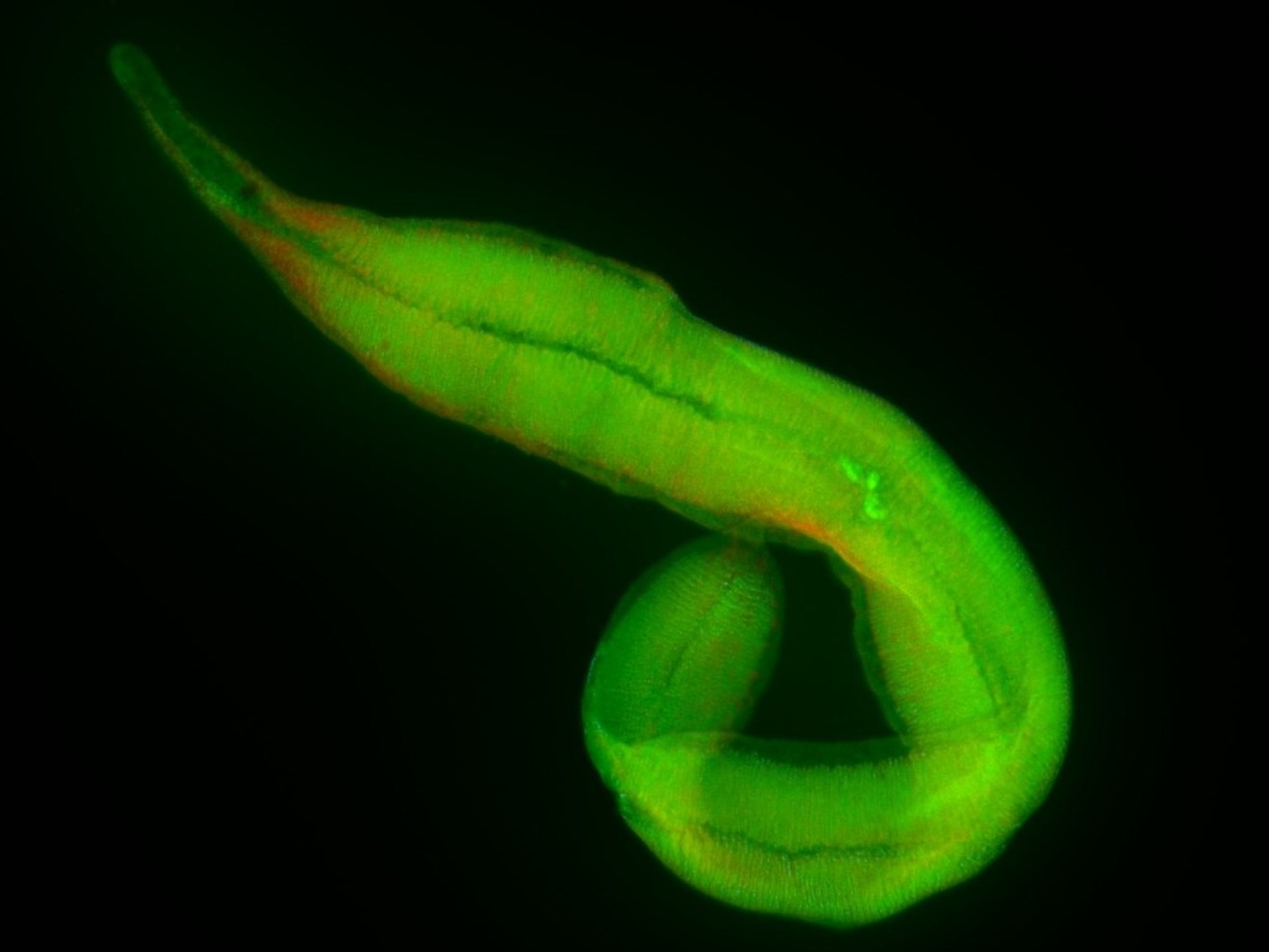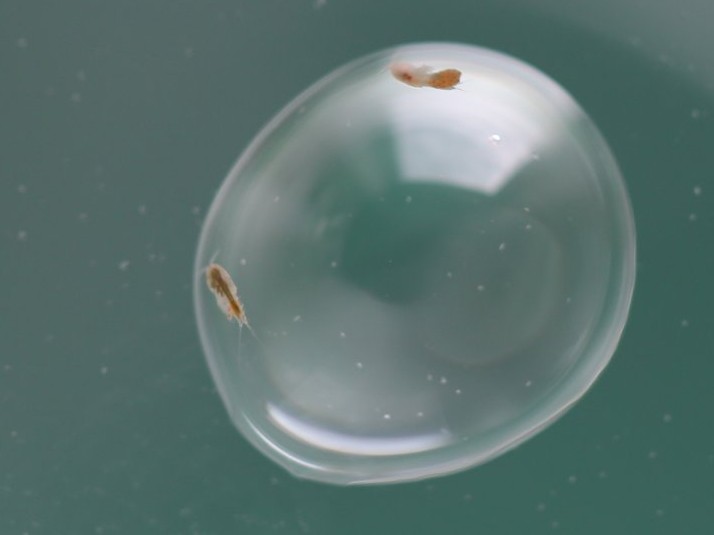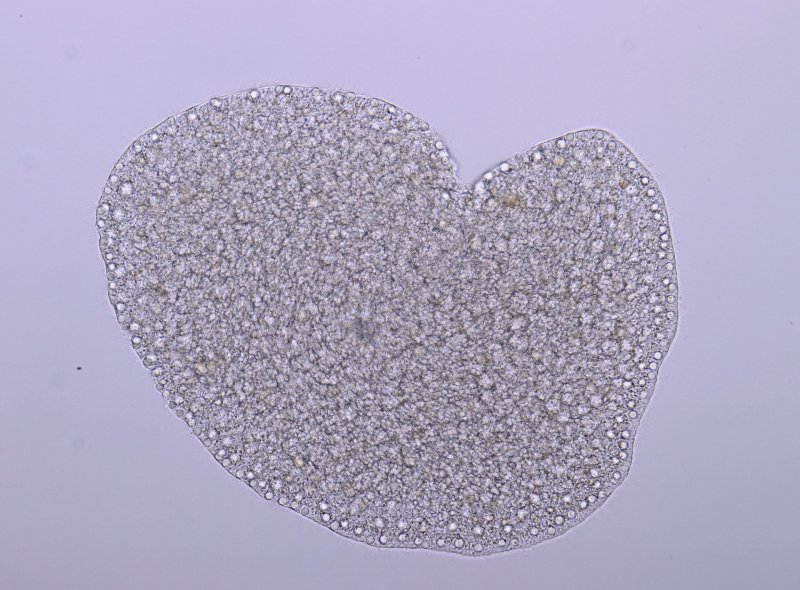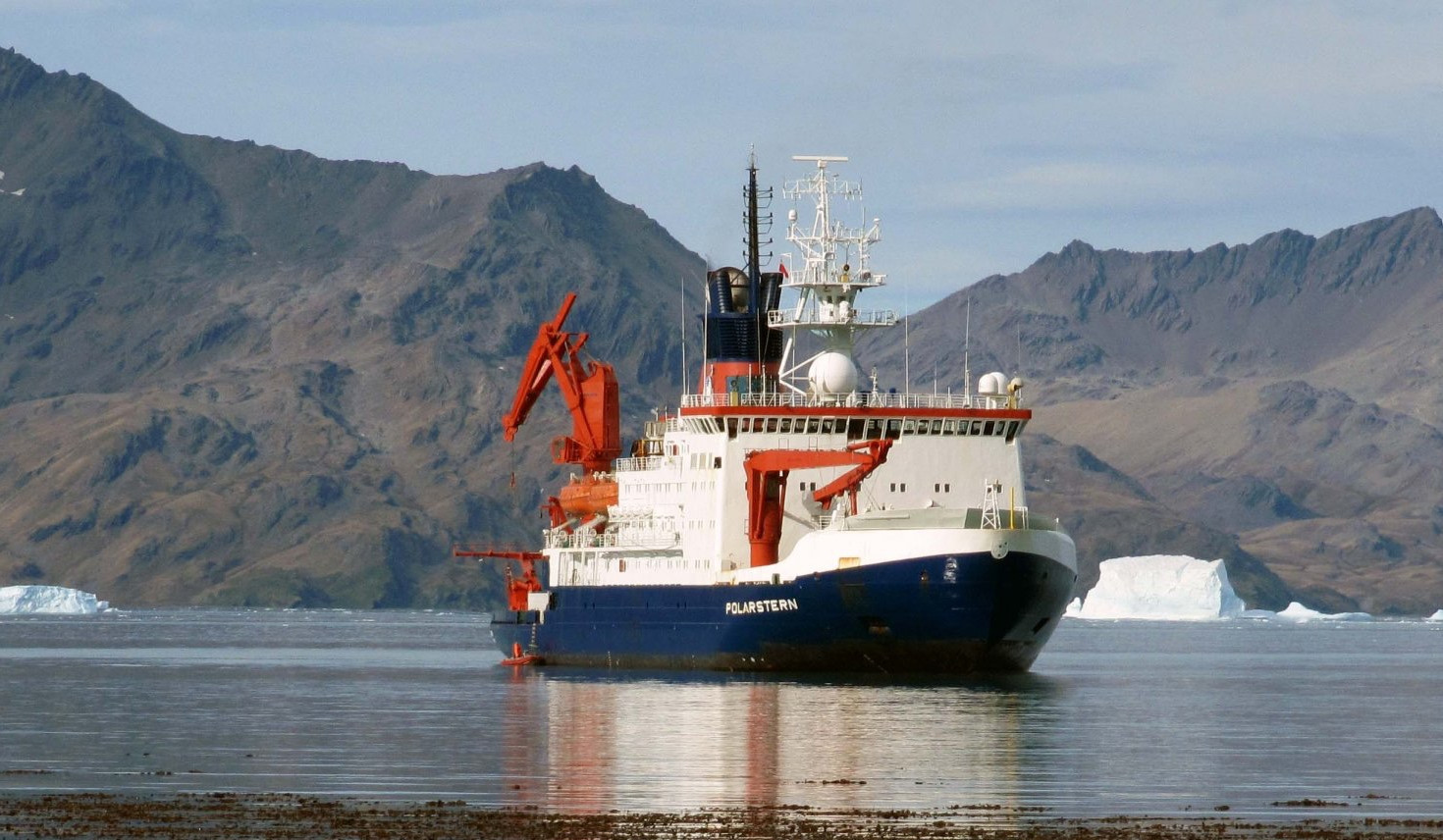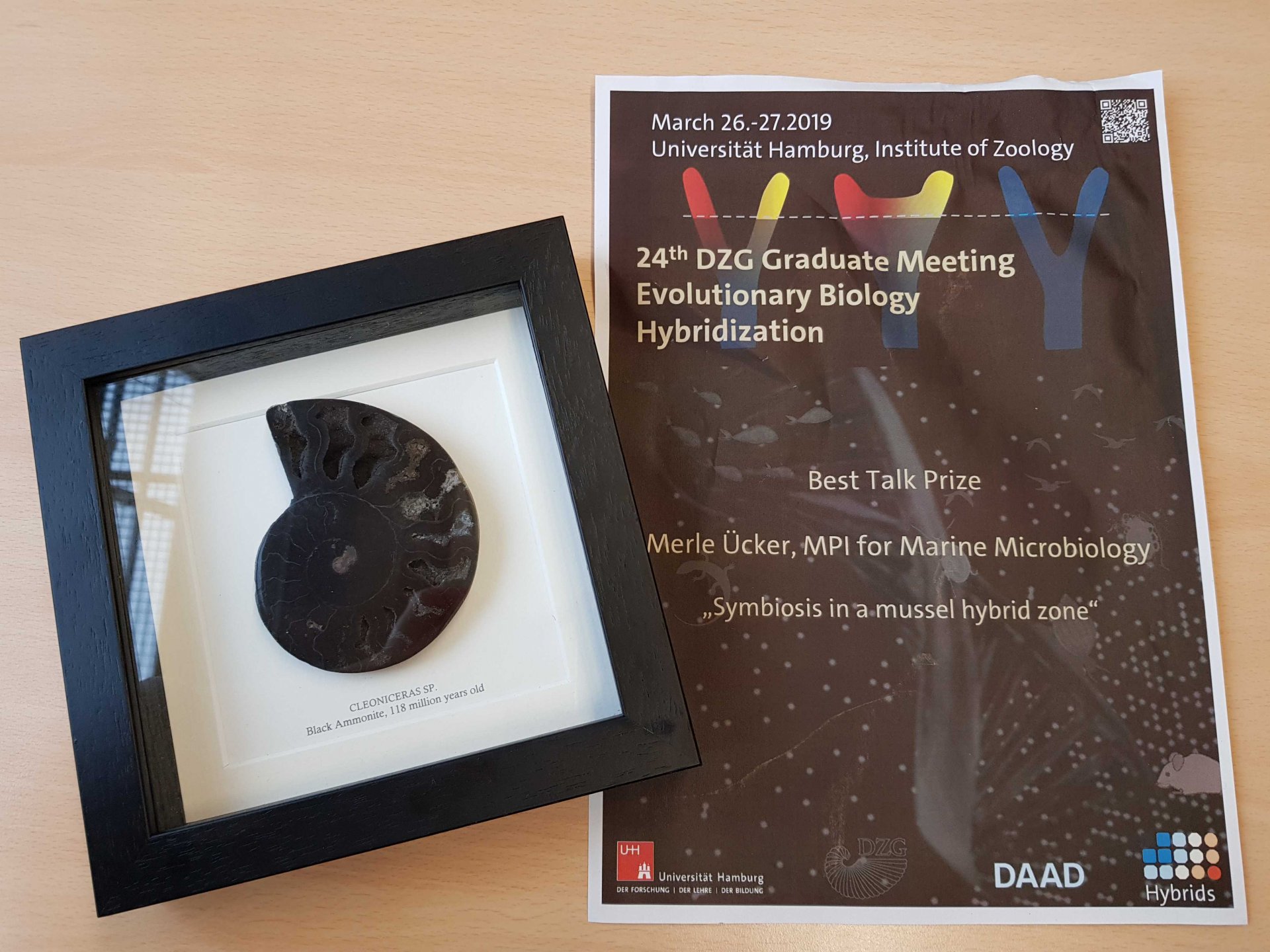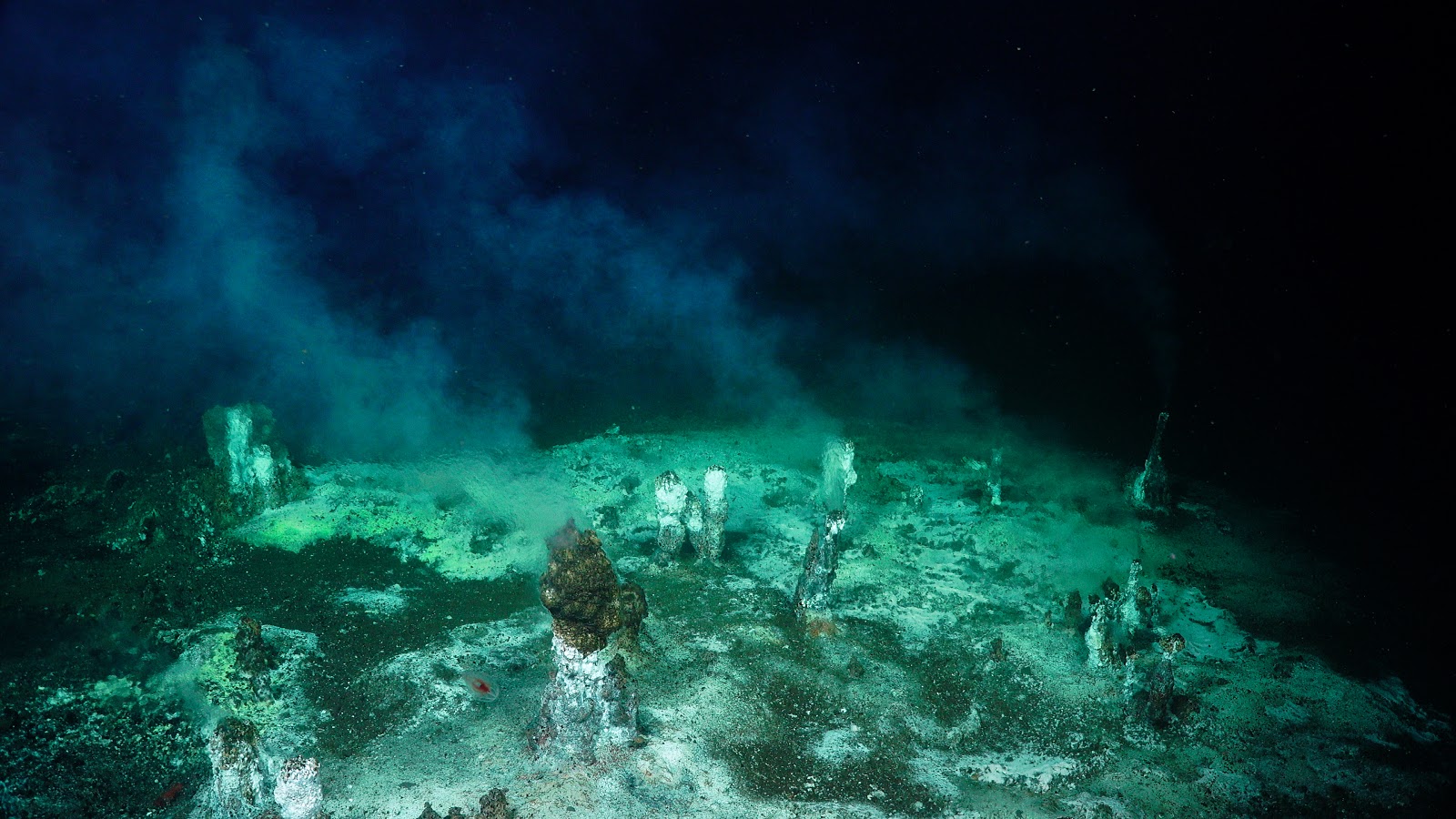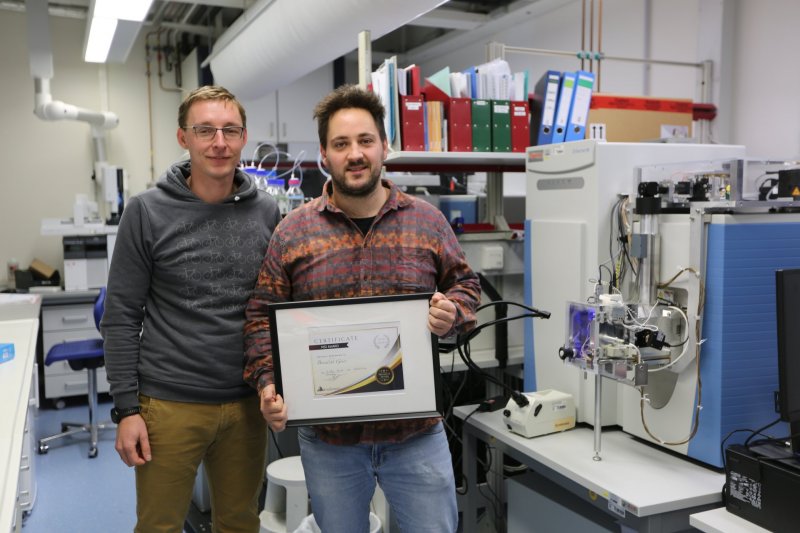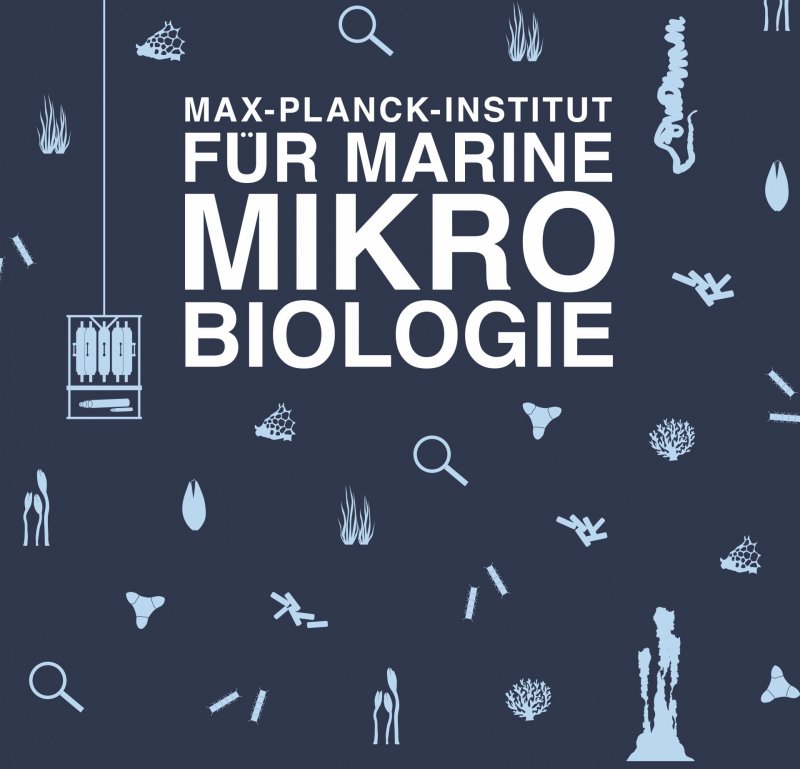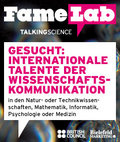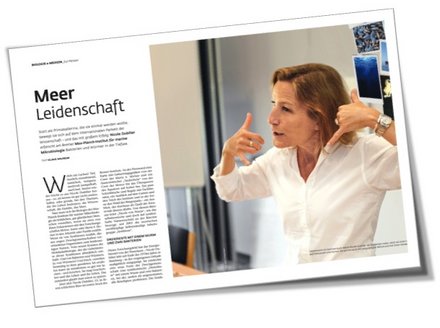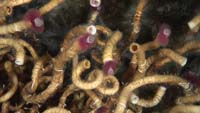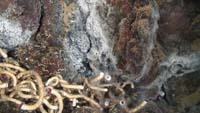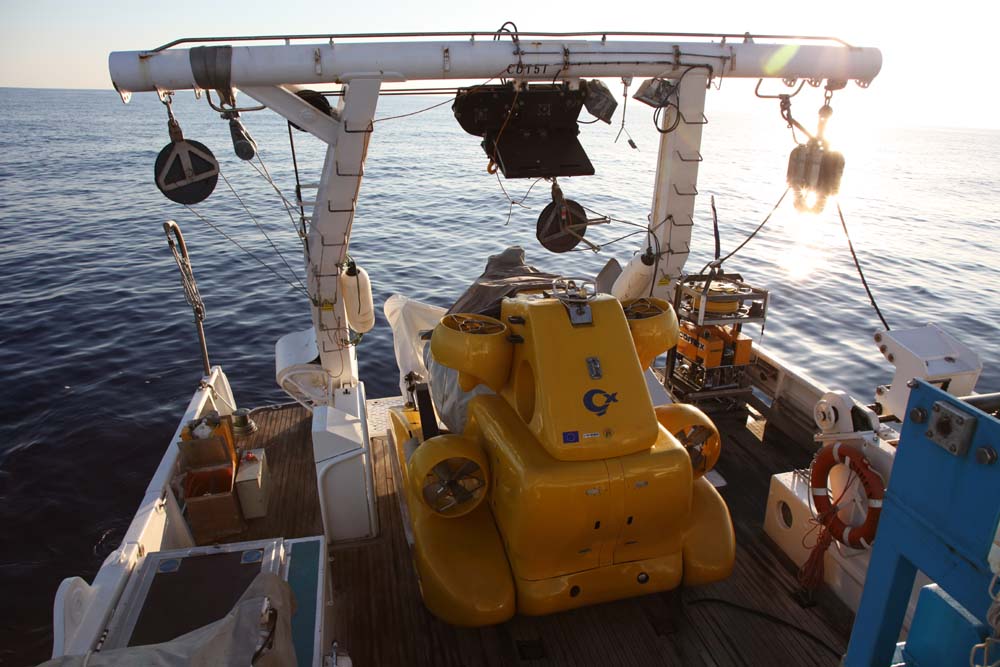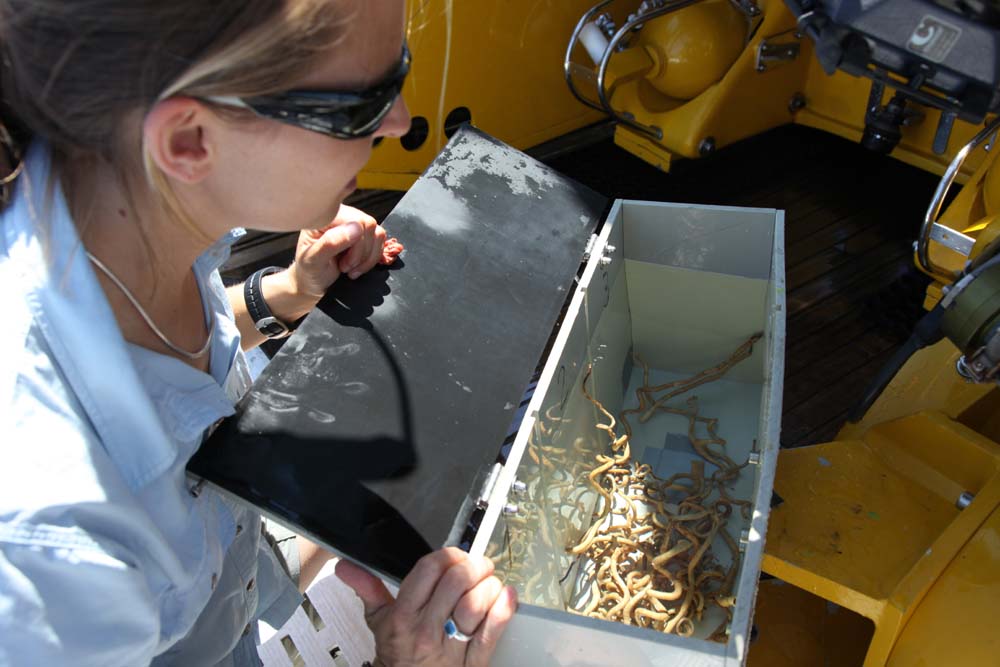- Departments
- Department of Symbiosis
- Recent News
Recent News
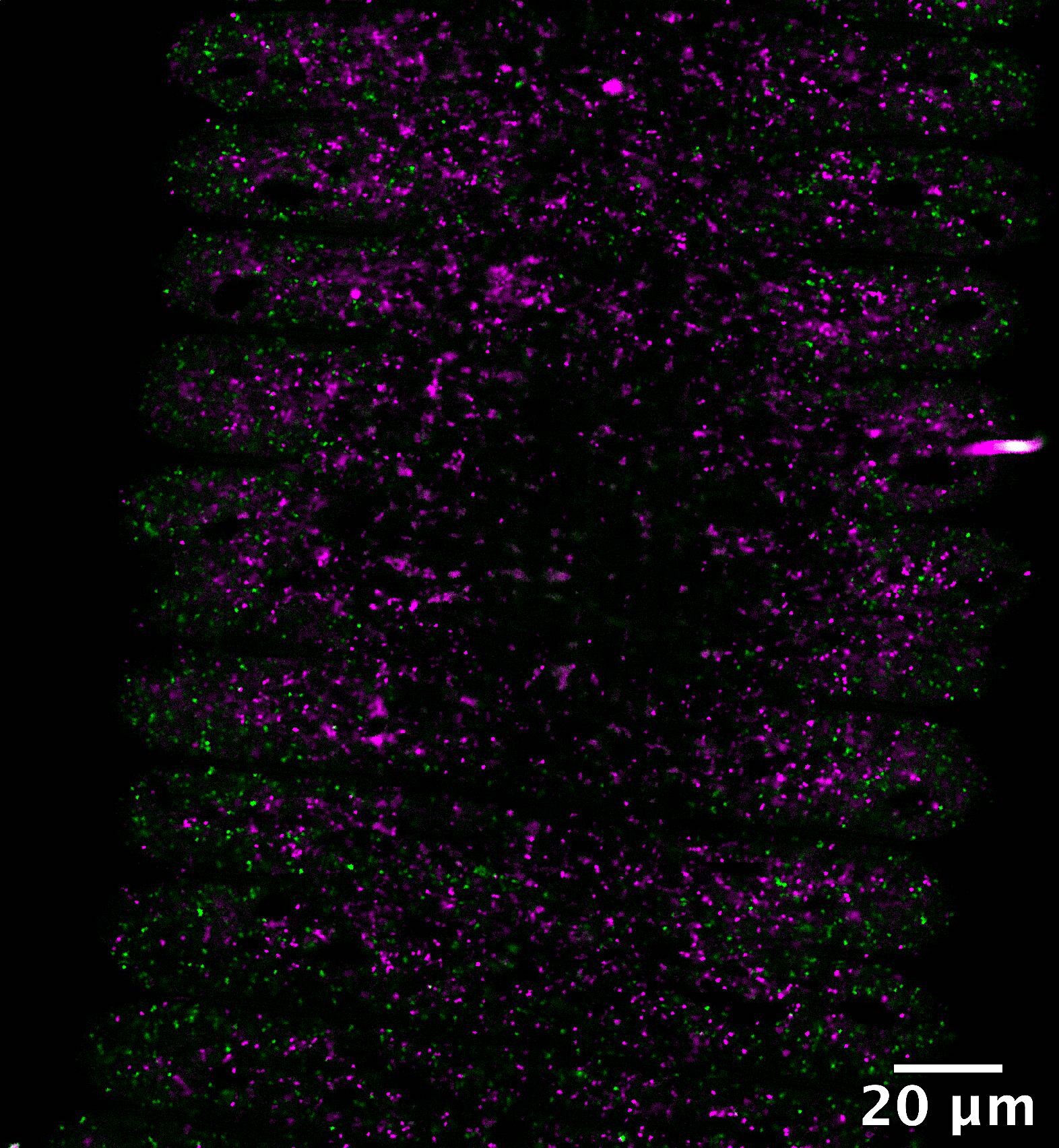
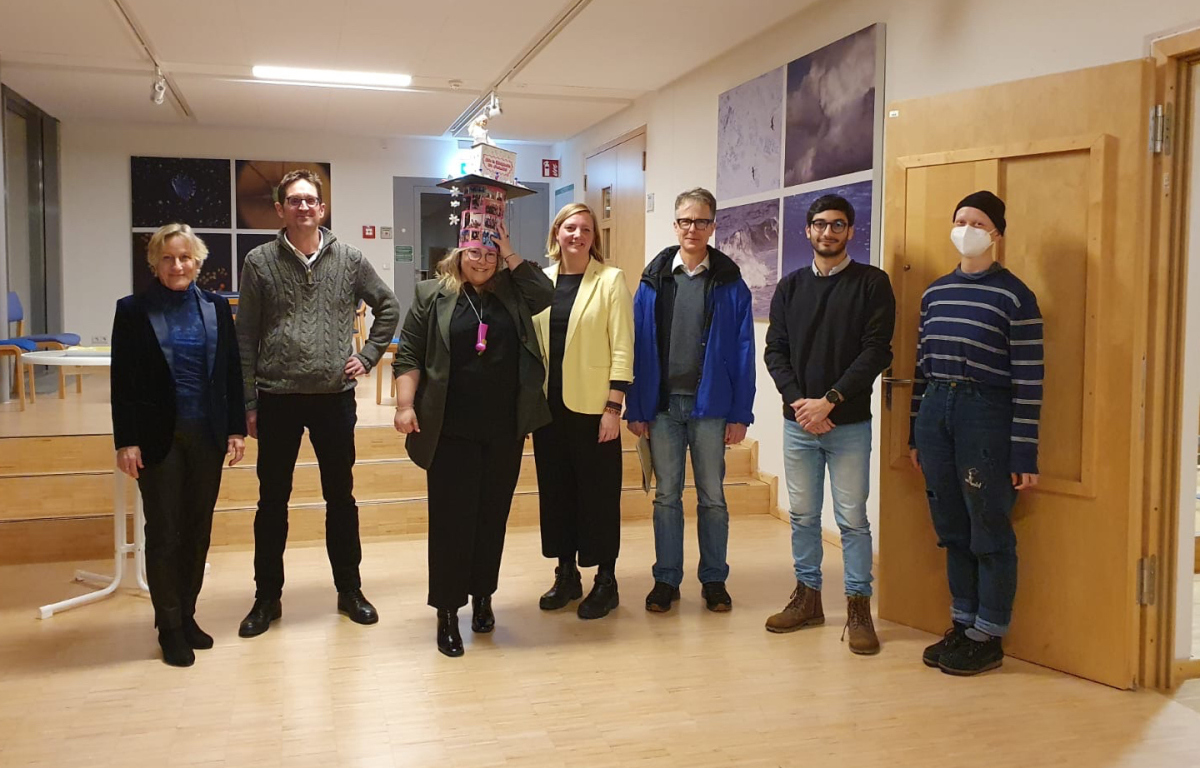
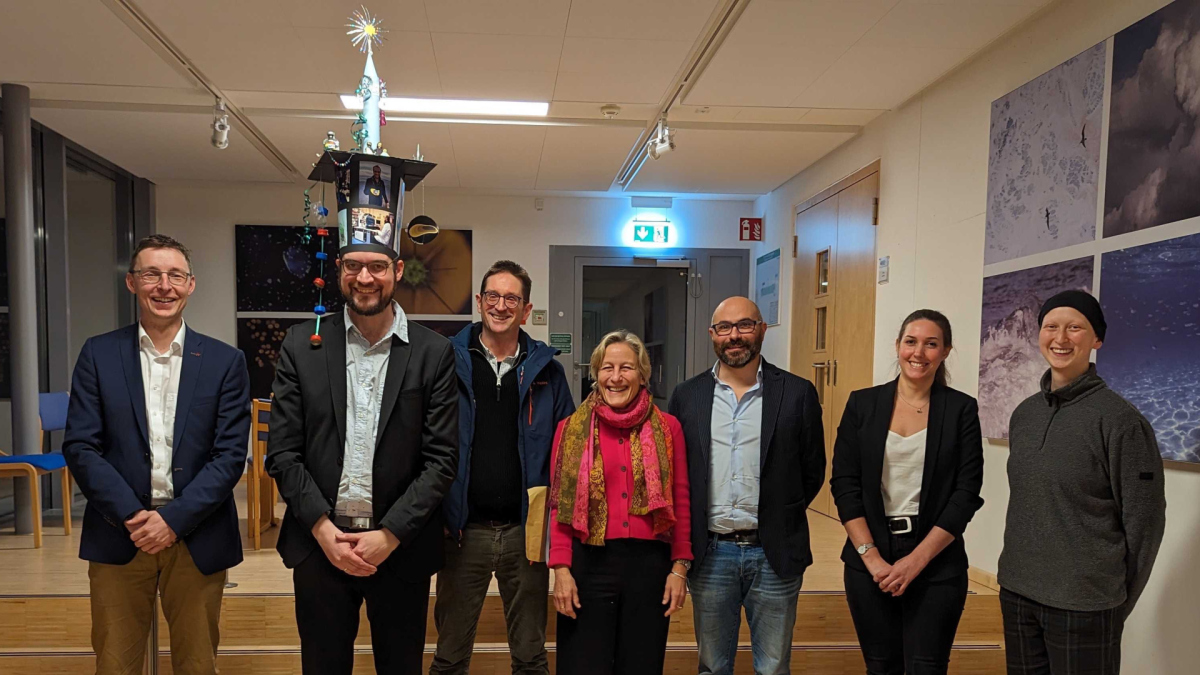
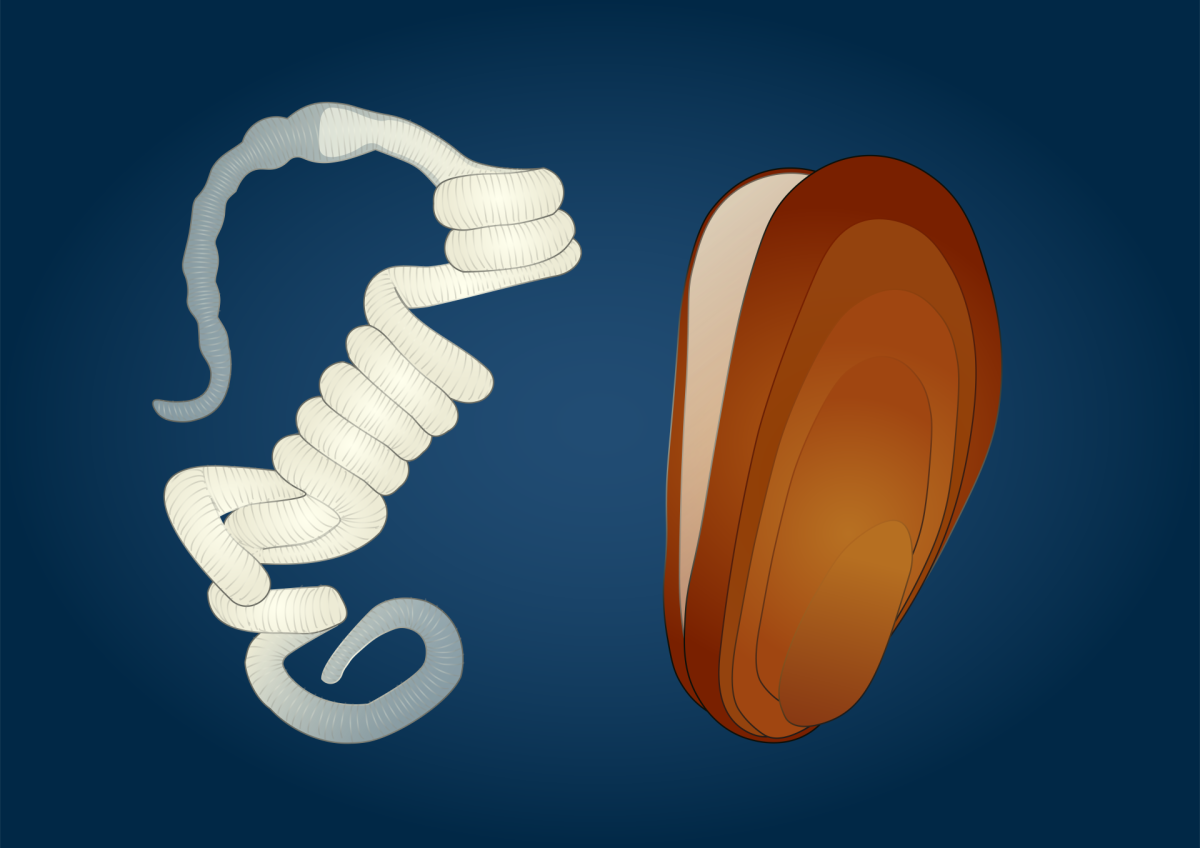
Olá, my name is André and I am fascinated by the endless forms that animals can display. My main goal in the Symbiosis department is to understand how the relationship between gutless oligochaetes and their symbionts shaped the body plan of Olavius throughout evolution.
Hi, I am Julian and new to the group as a Postdoc. In the Symbiosis department, I will be working with the symbionts of the gutless oligochaete Olavius. In particular, I will focus on the distribution and occurrence of the host and its endosymbionts in the Mediterranean Sea.
Gude, I am Rebekka and I am a new Postdoc in the Symbiosis Department. I will be working on the symbiosis between deep-sea Bathymodiolus mussels and their chemosynthetic symbionts. Specifically, I am focusing on factors involved in the rearrangements of the cytoskeleton upon colonization of particular symbionts.
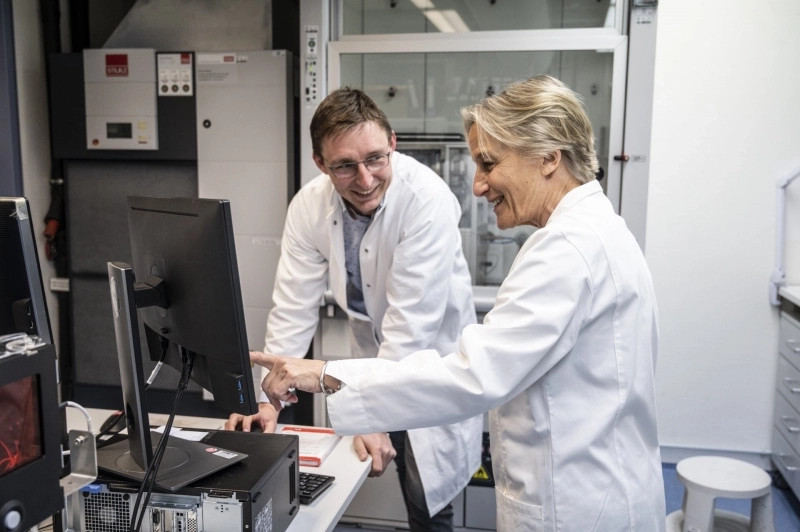
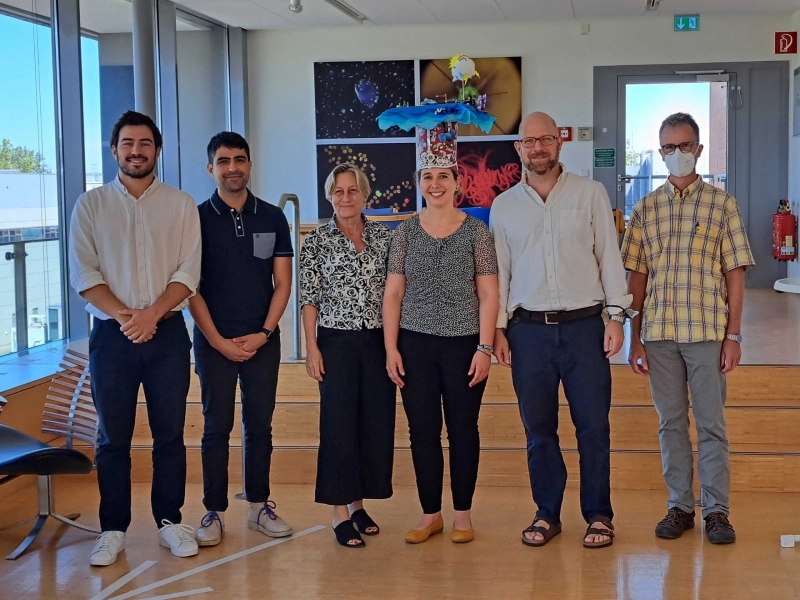
Former doctoral researcher Tina Enders successfully defended her PhD thesis with the title "Distribution and physiology of Alphaproteobacteria living in symbiosis with marine gutless oligochaetes".
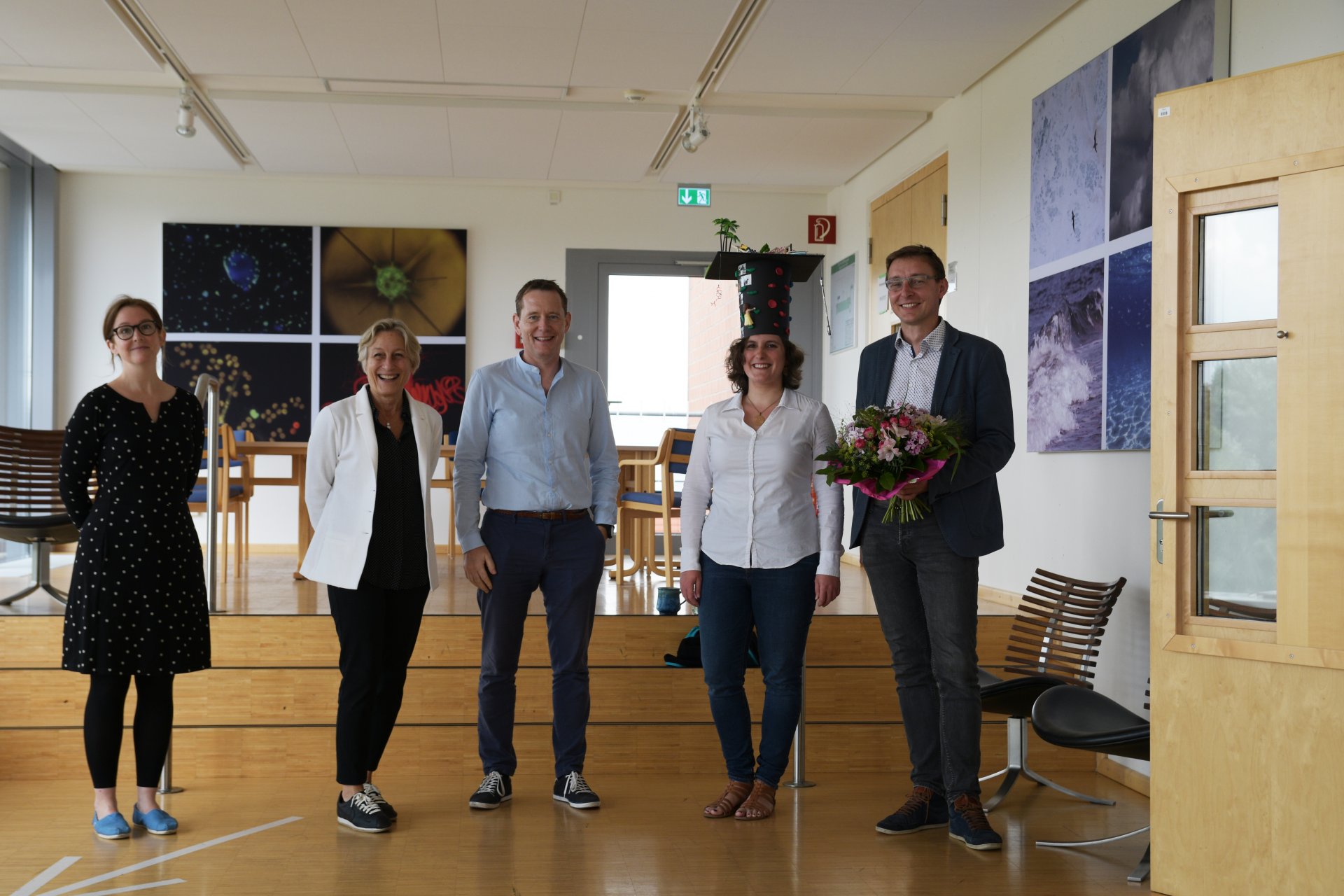
Former doctoral researcher Dolma Michellod successfully defended her PhD thesis with the title "Investigating the lipid profile of animal-microbe symbioses". Congratulations!
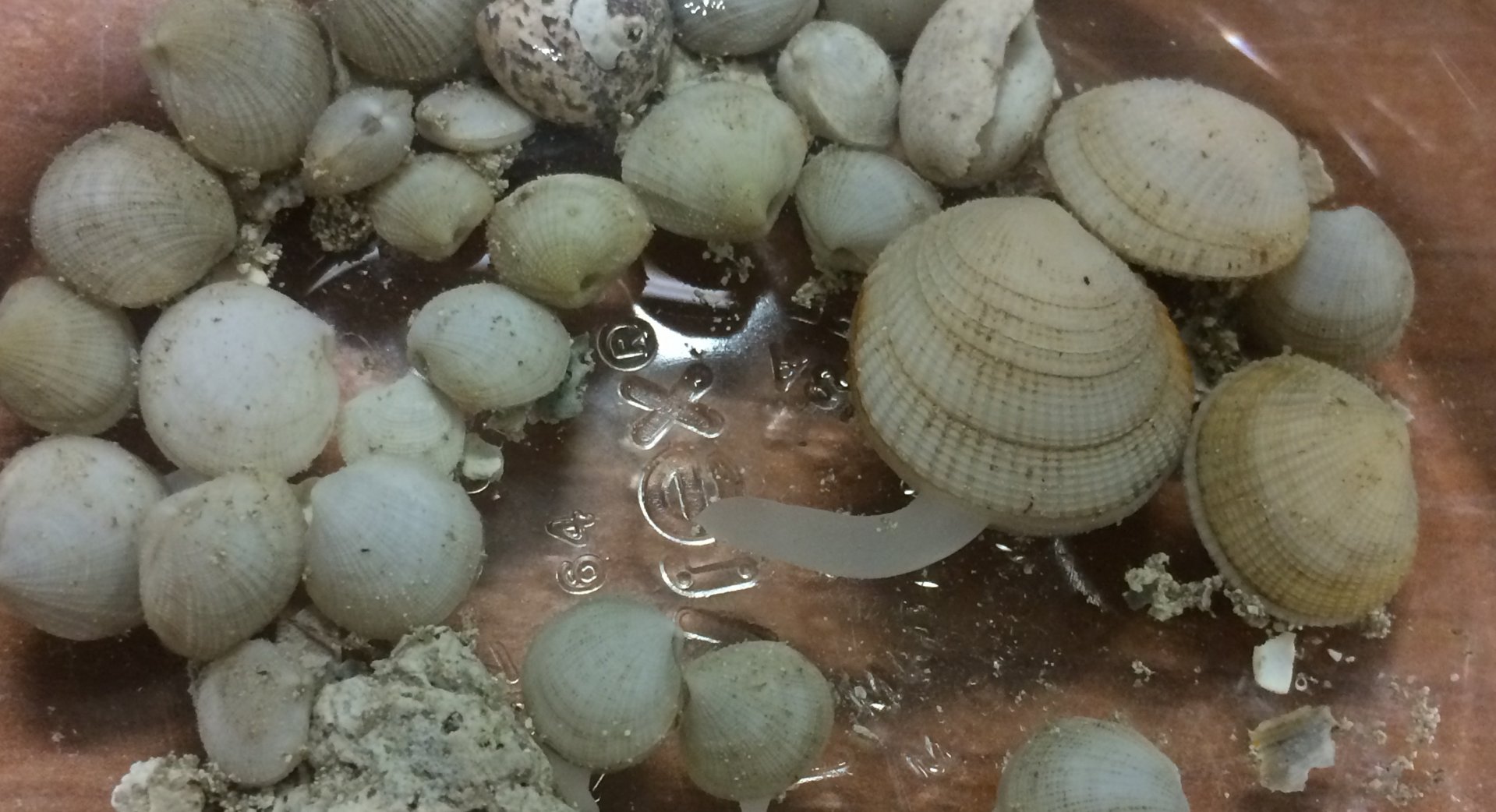

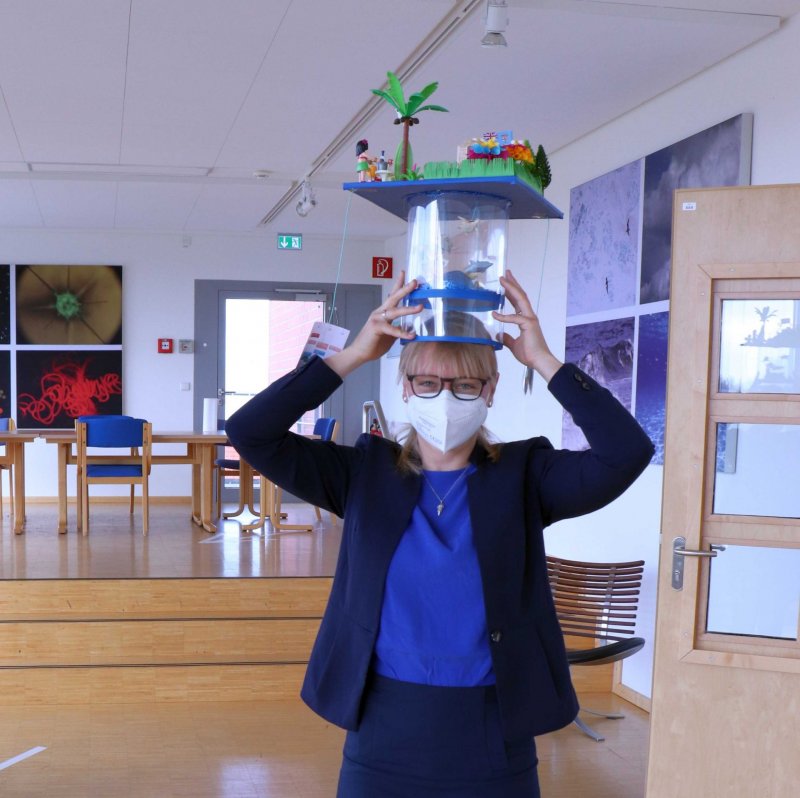
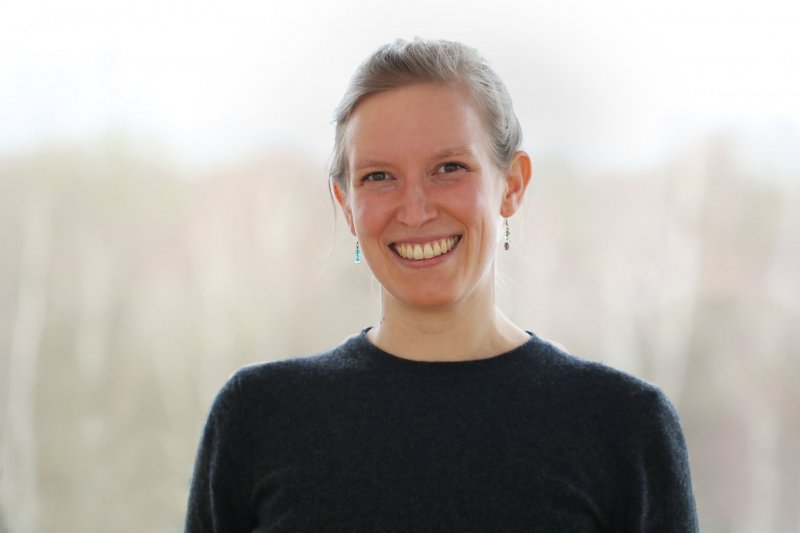
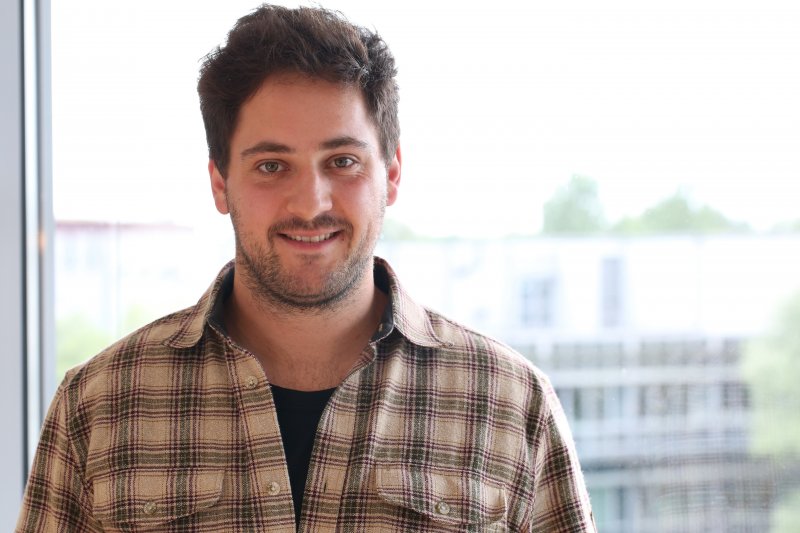
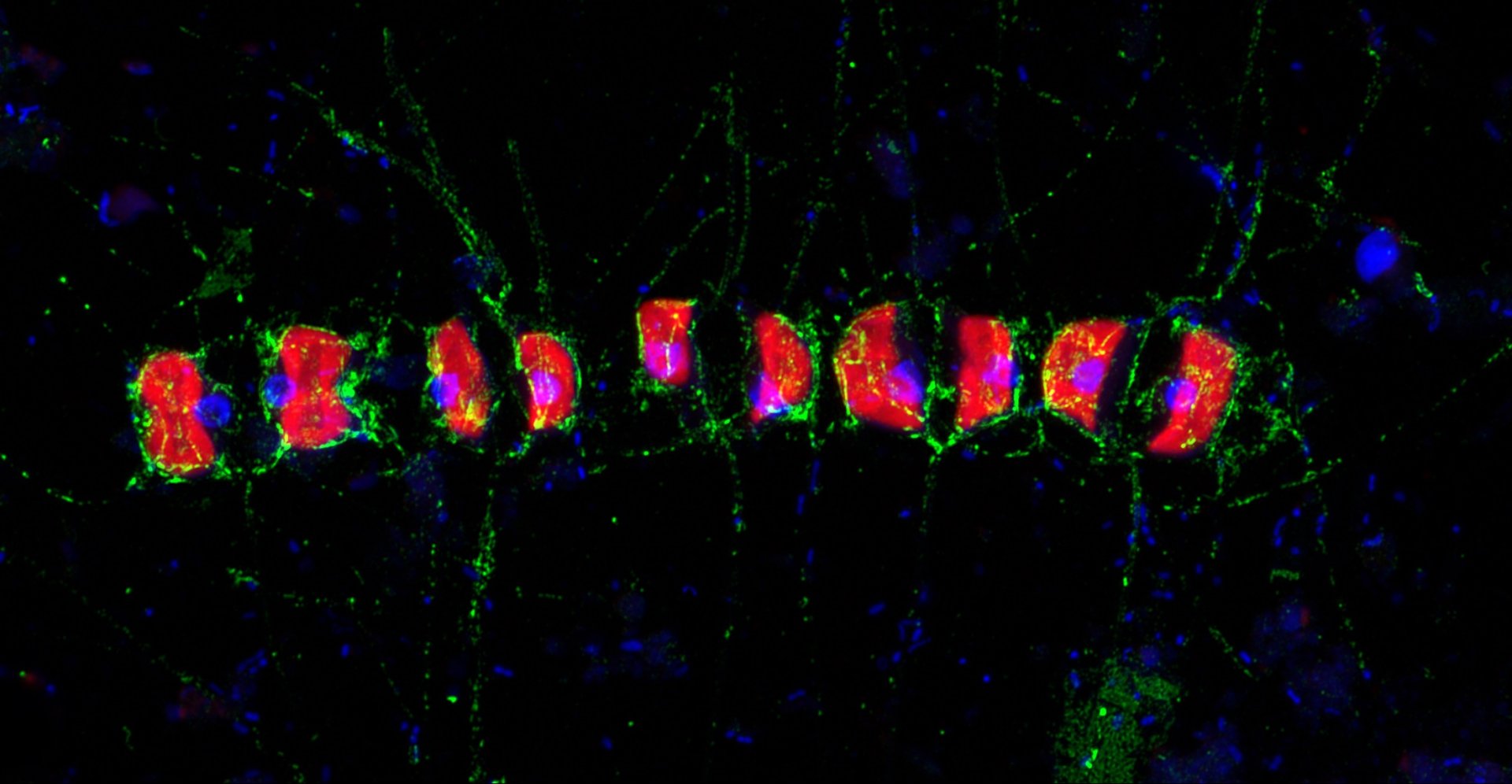
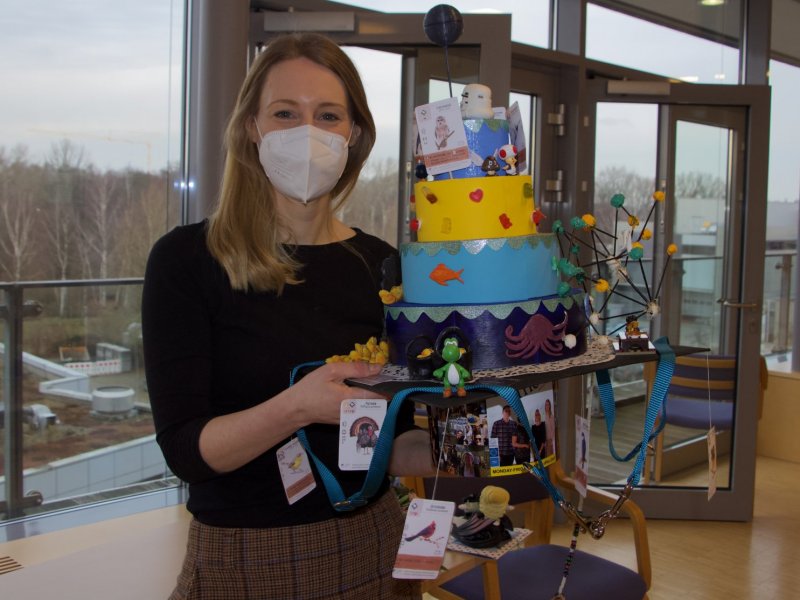
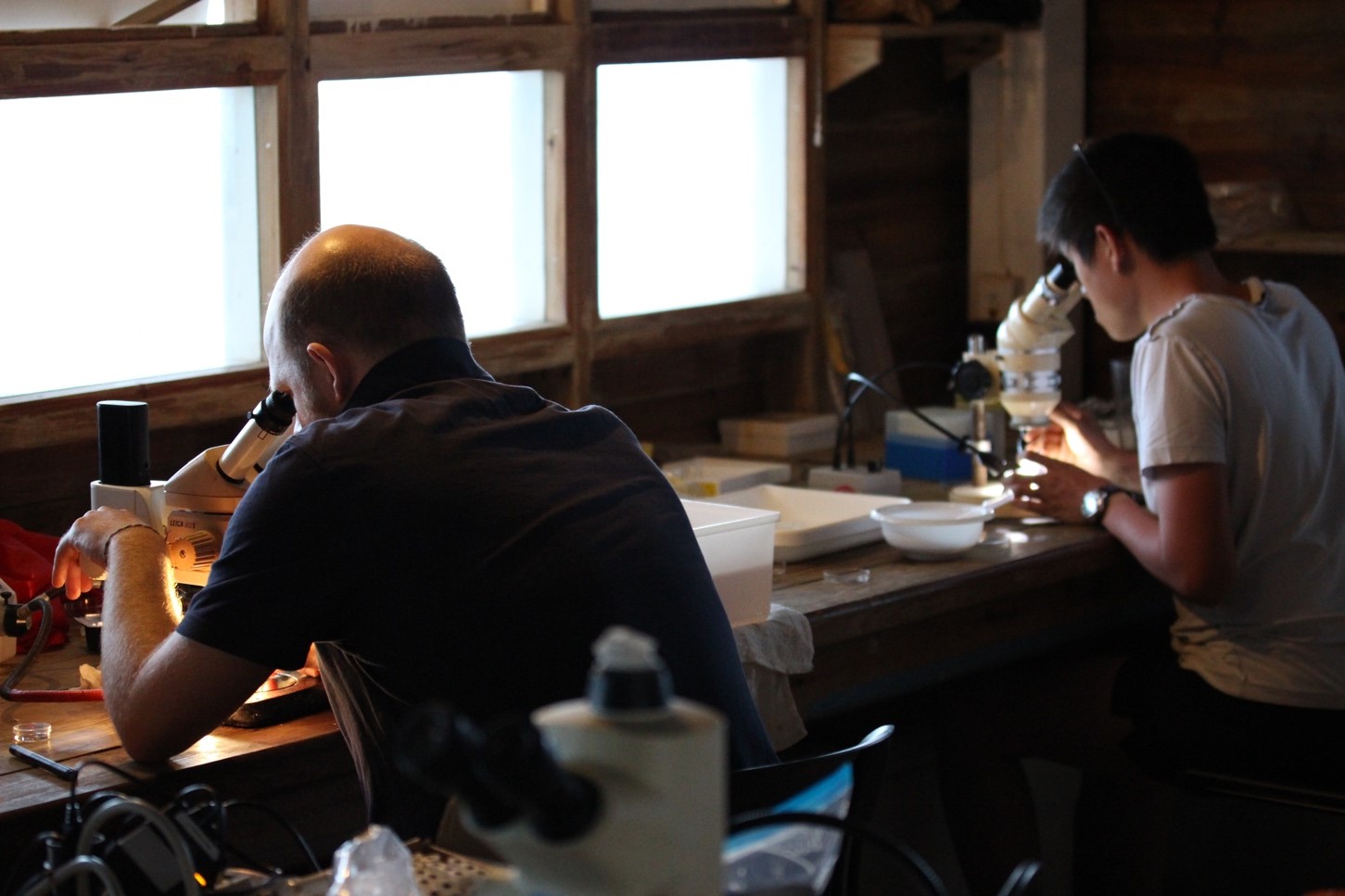
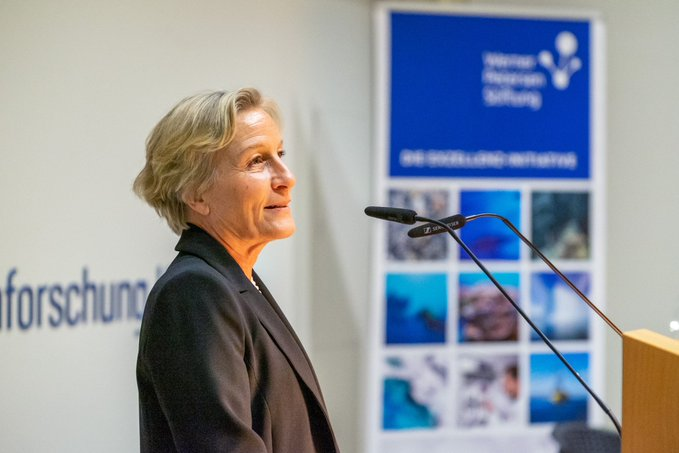
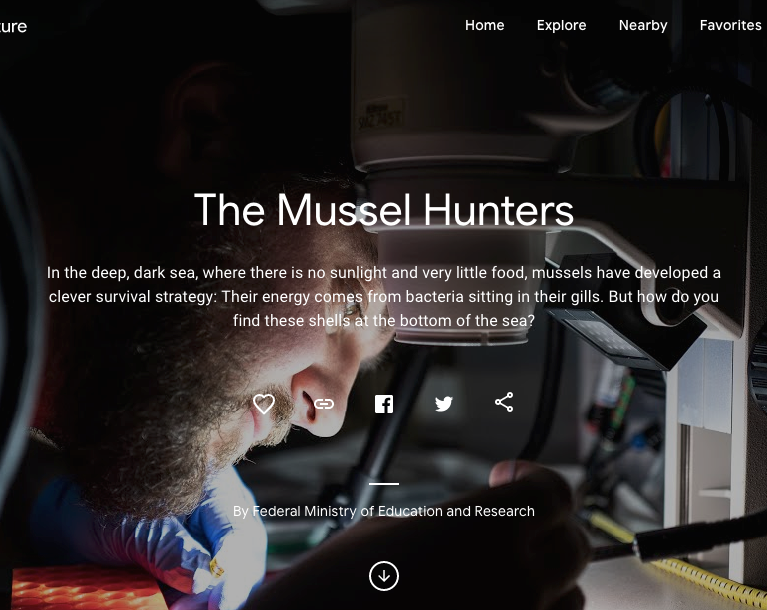

Congratulation to B. Geier for a successful PhD defense!
Former doctoral researcher Benedikt Geier successfully defended his PhD thesis with the title "Correlative mass-spectrometry imaging of animal-microbe symbiosis". The whole department joined via Jitsi in times of Corona. Congratulations!
We look forward to see Benedikt soon when he continues working with us for his first PostDoc position.
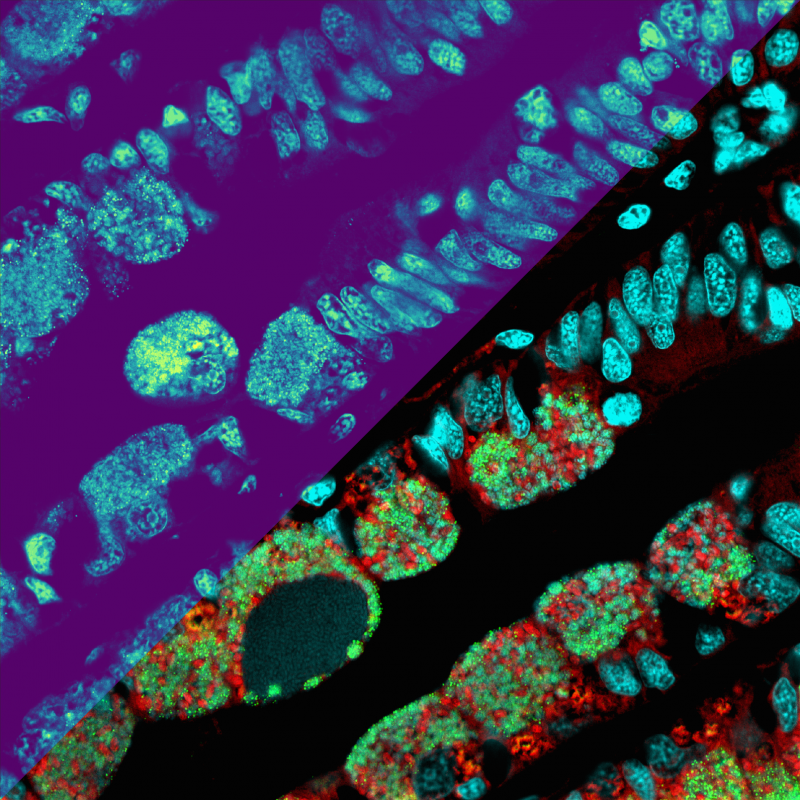
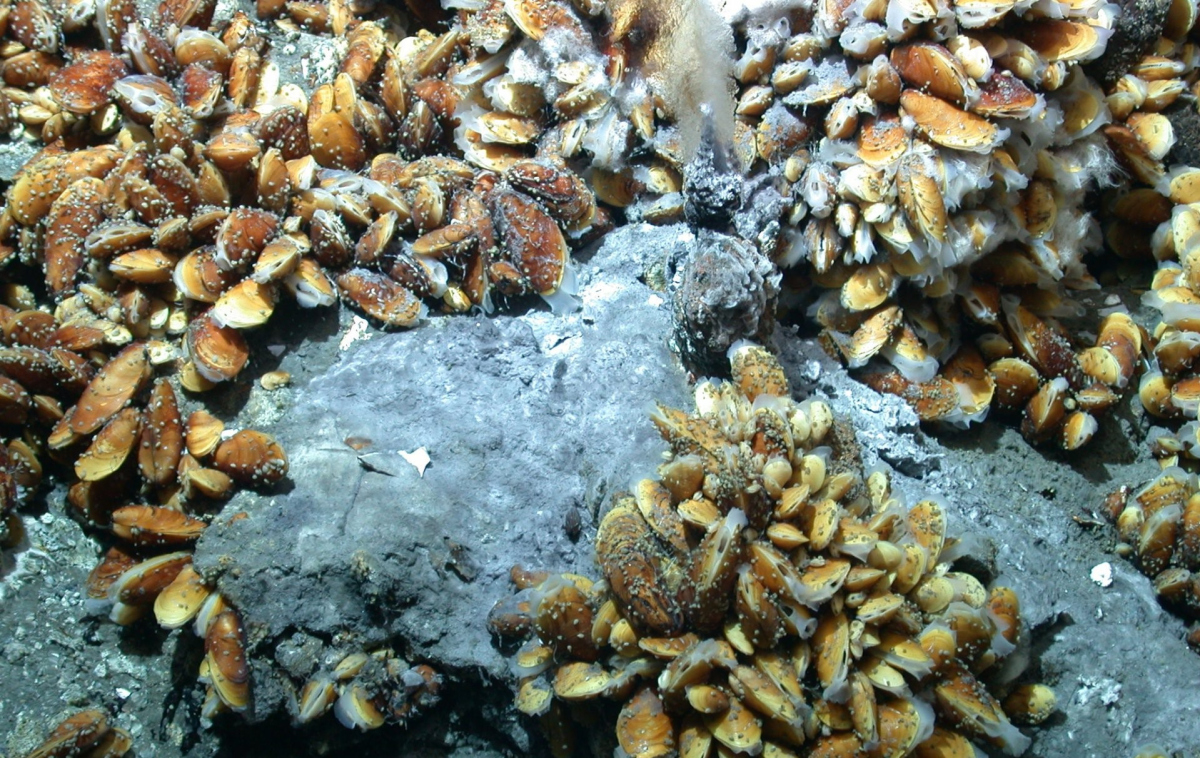
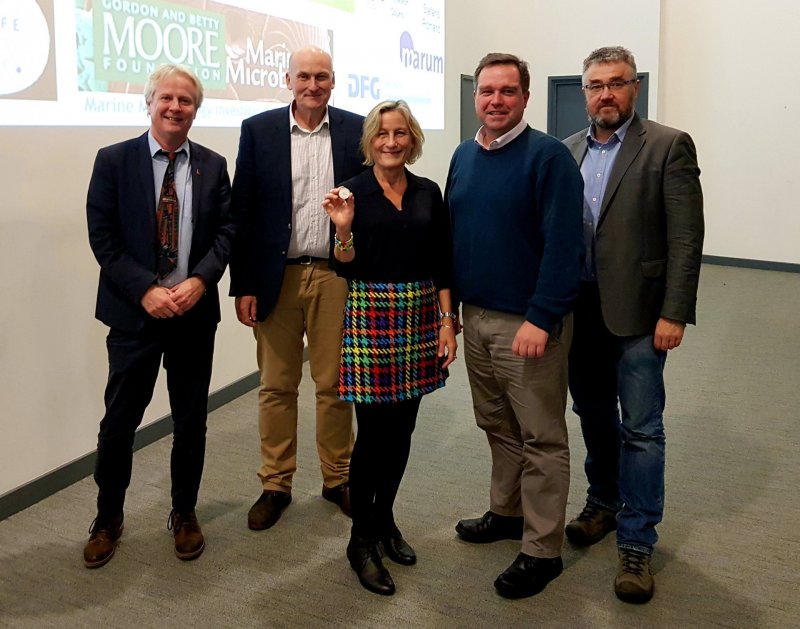
Check out the behind the paper blog post here!
Check out the behind-the-paper blog post here.
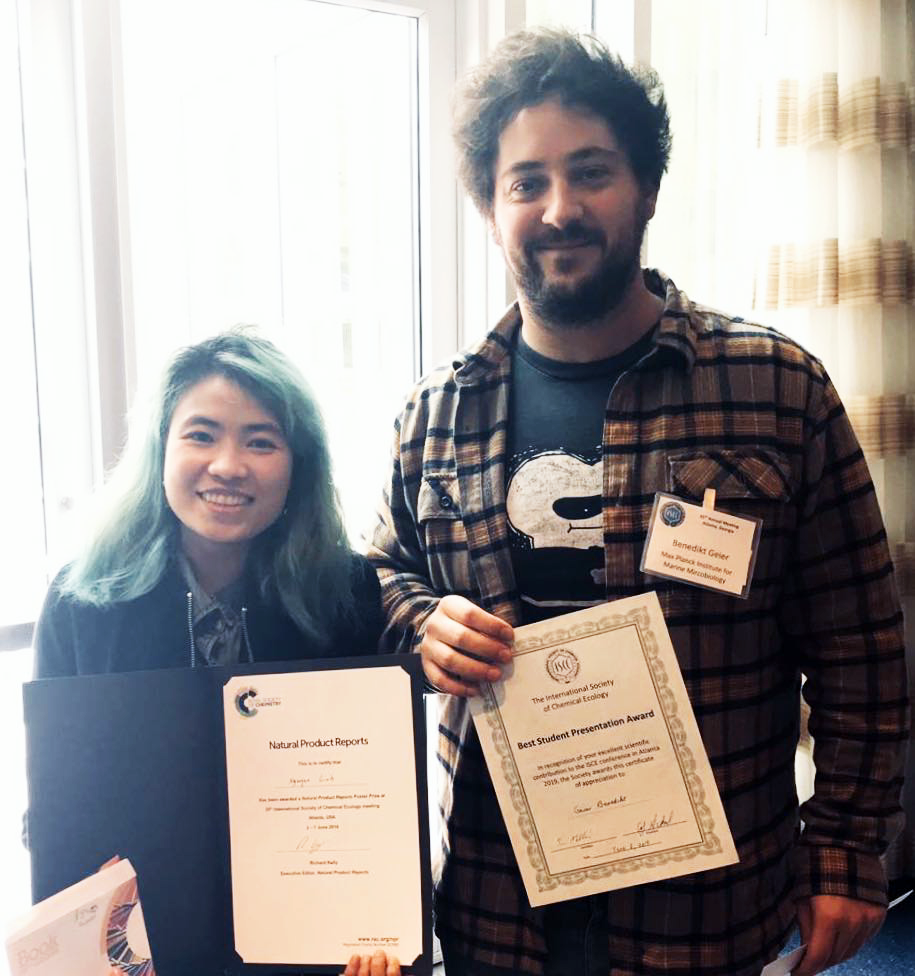
Best Student Presentation Award for scientist Benedikt Geier
Benedikt Geier, PhD student in the Department of Symbiosis, was awarded the Best Student Presentation Award at the 35th Annual Meeting of the ISCE (International Society of Chemical Ecology) in Atlanta, Georgia, USA. At the meeting, Geier presented his research about spatial metabolomics of in situ, host-microbe interactions. With his method, he combines untargeted metabolite imaging with fluorescence labeling. More information about the study can be found here: https://www.biorxiv.org/content/10.1101/555045v1.
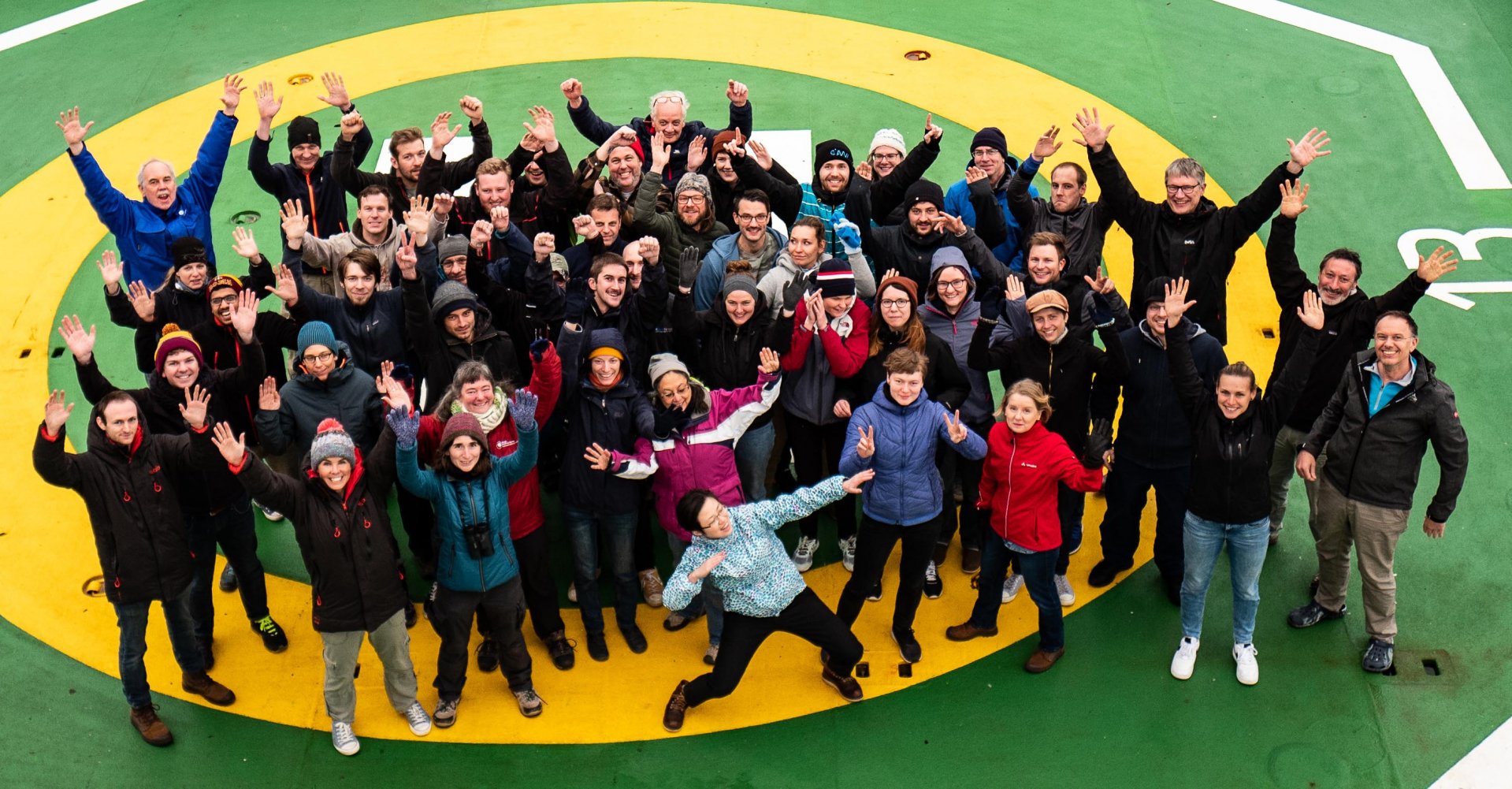
Two scientist from the Symbiosis Department are part of the Polarstern expedition. They will investigate whether Bathymodiolus mussels also live at hot vents and cold seeps in the Southern Ocean.
More information about the expedition, including weekly reports, can be found here.
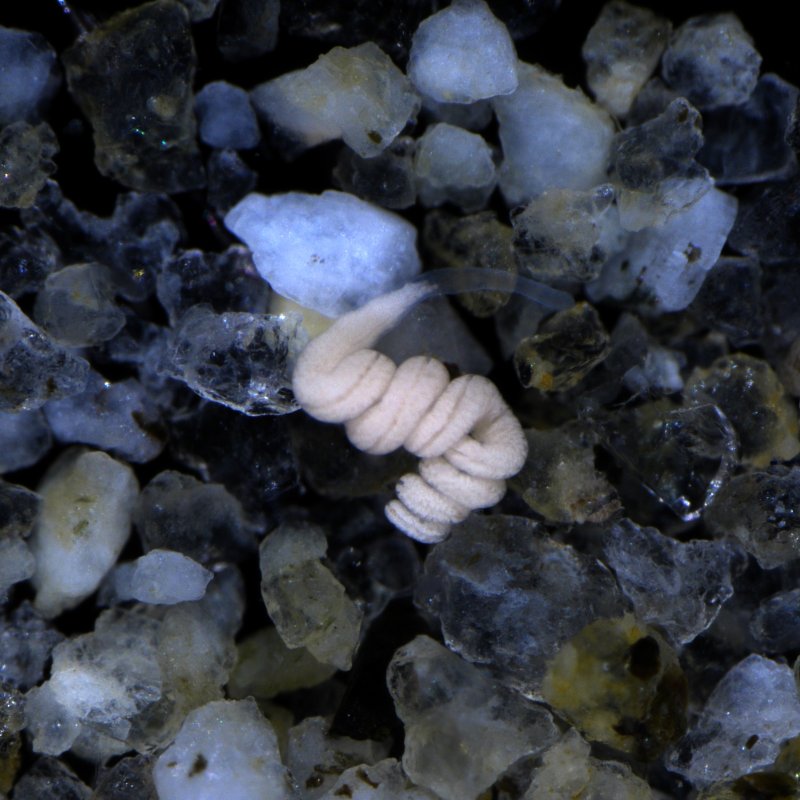
Scientist Merle Ücker wins Best Talk Prize
Merle Ücker, a PhD student from the Department of Symbiosis, was awarded the Best Talk Prize at the 24th Graduate Meeting on Evolutionary Biology of the German Zoological Society. Topic of the meeting was "Hybridisation" and Ücker presented her results of an ongoing project investigating symbiosis in a mussel hybrid zone.
Scientist Christian Borowski joins an expedition on RV Falkor from the Schmidt Ocean Institute starting and ending in Manzanillo (Mexico). Under chief scientist Mandy Joye, he will investigate the Guyamas and other basins with vents in the Gulf of Mexico. We wish him a good time at sea and many Bathymodiolus mussels!
You can find the cruise log here.
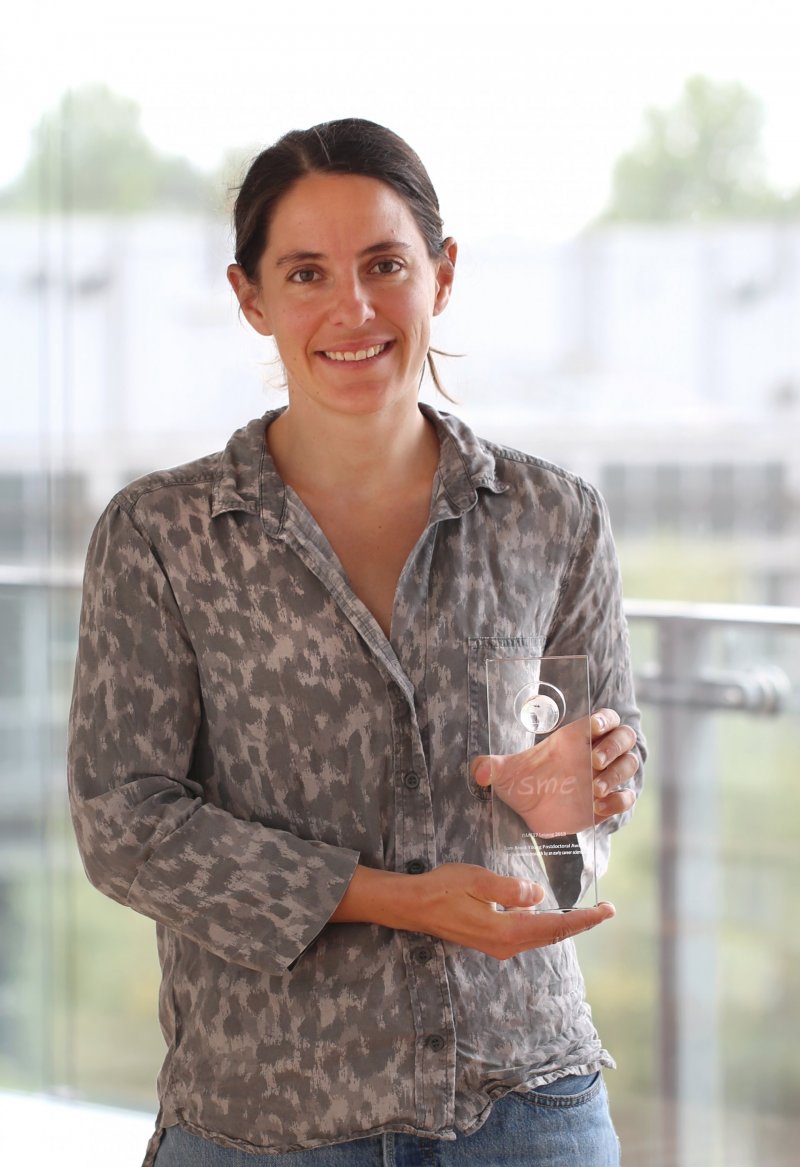
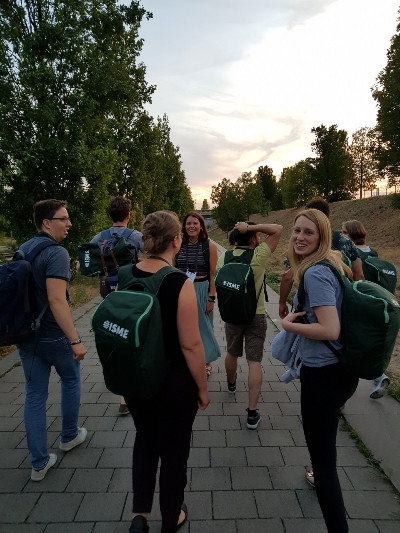
The Department of Symbiosis at the ISME17 in Leipzig
10 symbionts had the chance to attend the 17th International Symposium for Marine Microbiolgy in Leipzig. PhD Students Rebecca Ansorge and Oliver Jäckle as well as Post-Doc Maggie Sogin were given the opportunity to present their research in a talk. Benedikt Geier and Anna Mankowski were among the first to give a poster pitch, a new format at this conference. All members of the Department of Symbiosis enjoyed their poster presentations, networking and learning about microbial research at the beautiful Congress Center Leipzig. We look forward to ISME18 in Cape Town!
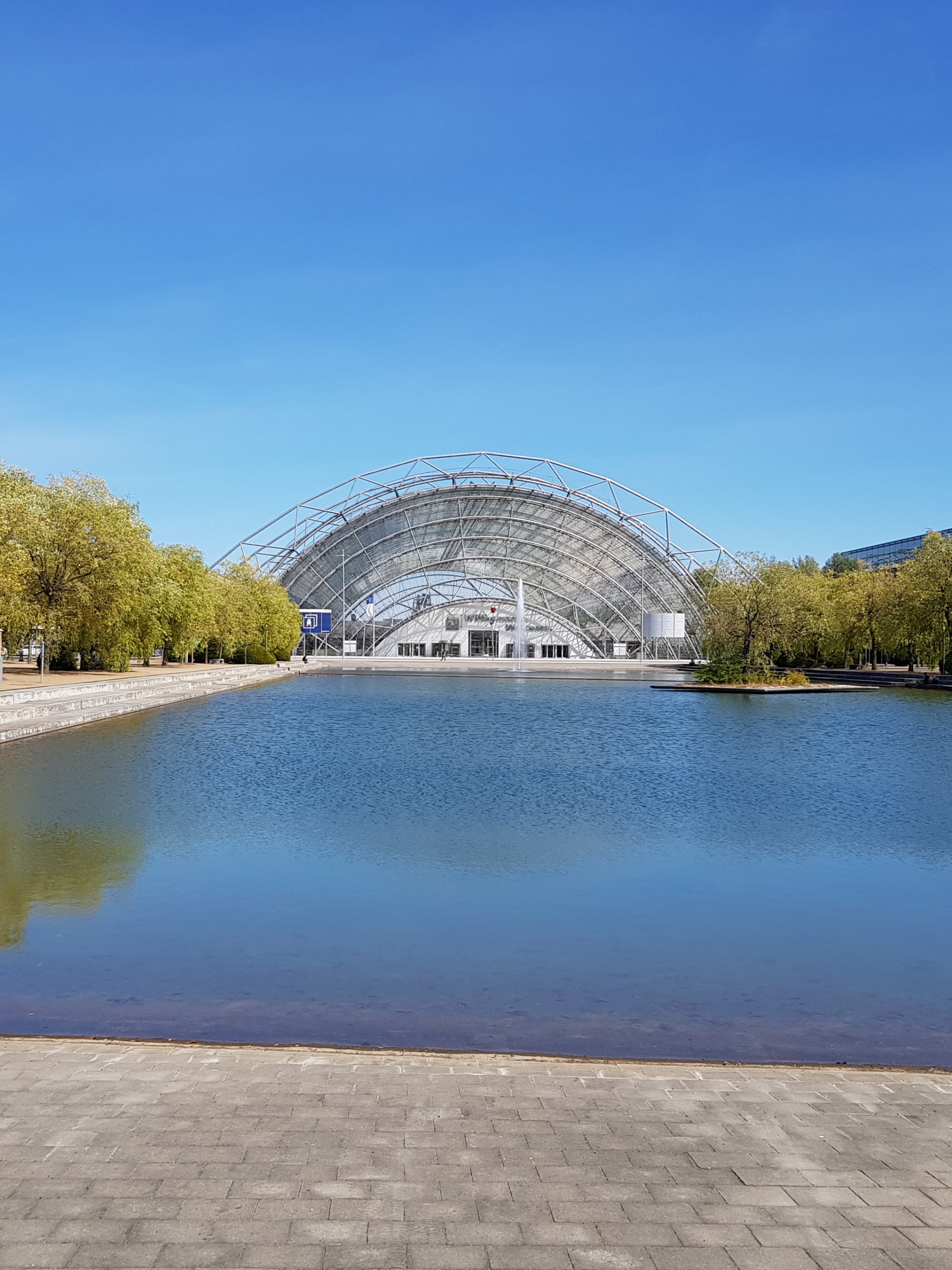
YouTuber DoktorWhatson at the Department of Symbiosis
PhD candidate Rebecca Ansorge answers some curious questions from the YouTuber DoktorWhatson about deep-sea research and chemosynthetic symbioses - check out the video (German only)!
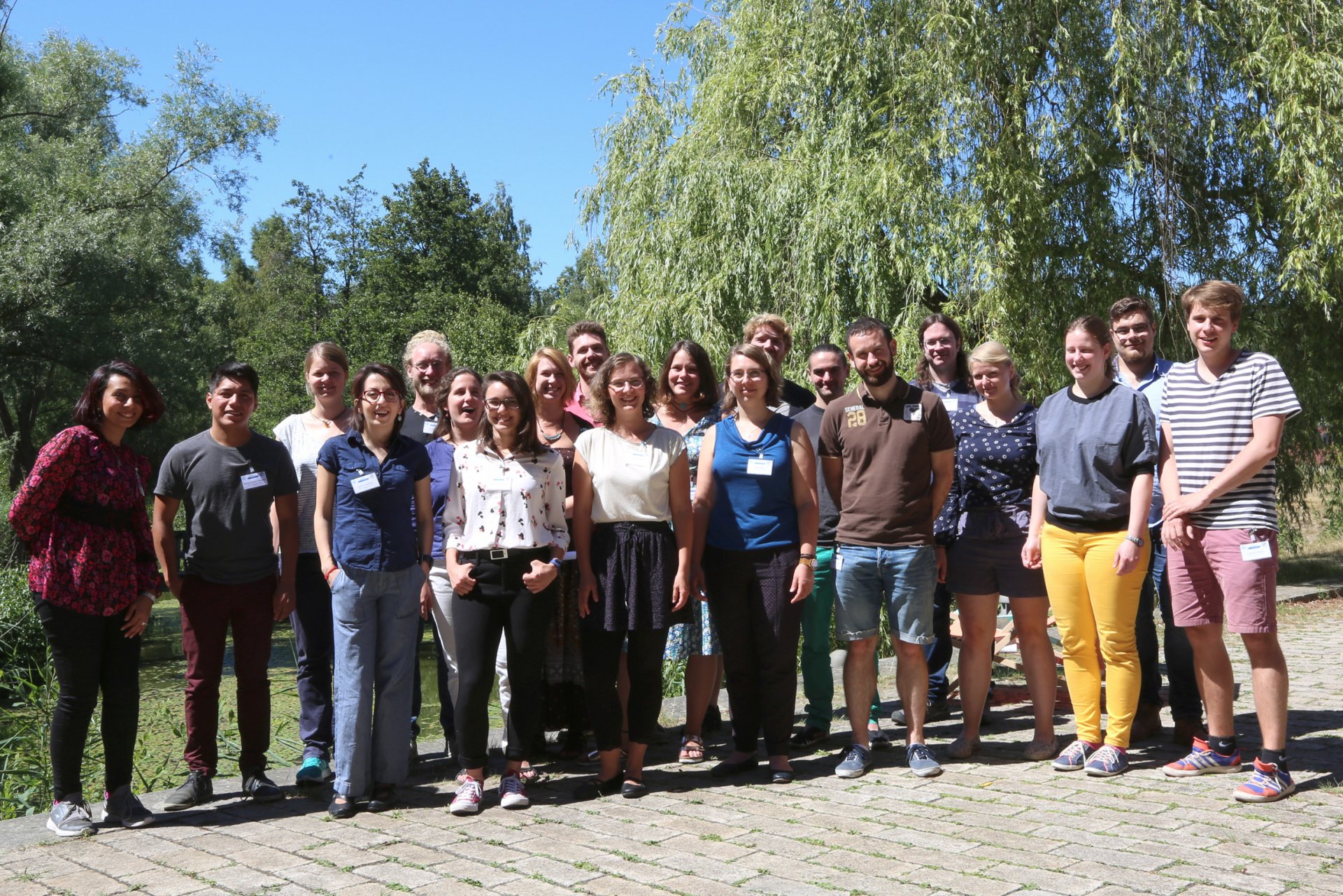
Poster prize for Maximilian Franke at the "It MaTer(s) - Second Max Planck PhD Conference for Environmental Microbiology"
PhD candidates Anna Mankowski, Dolma Michellod, Maximilian Franke and Tina Enders successfully participated at the second Max Planck PhD Conference for Environmental Microbiology (It MaTer(s)). The conference is organized by PhD students from the MPI for Terrestrial Microbiology in Marburg and the MPI for Marine Microbiology in Bremen and encourages students to present their research as well as network and brainstorm with junior scientists from another institute.
Maximilian Franke won the poster prize with his poster "Tracking the development of deep sea mussels during colonization by their symbionts" - congratulations!
Great thanks to the organizing committee for the interesting conference!
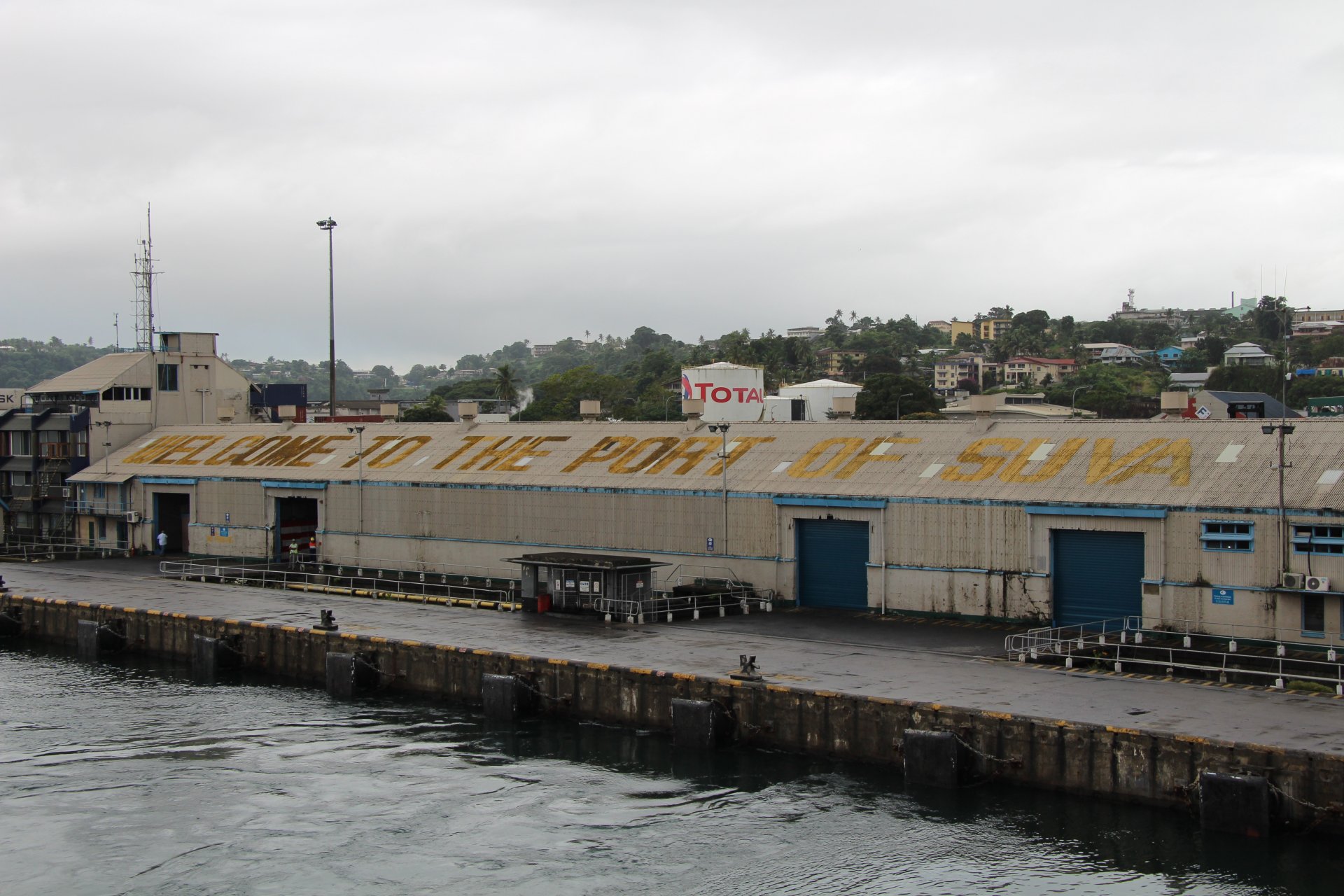
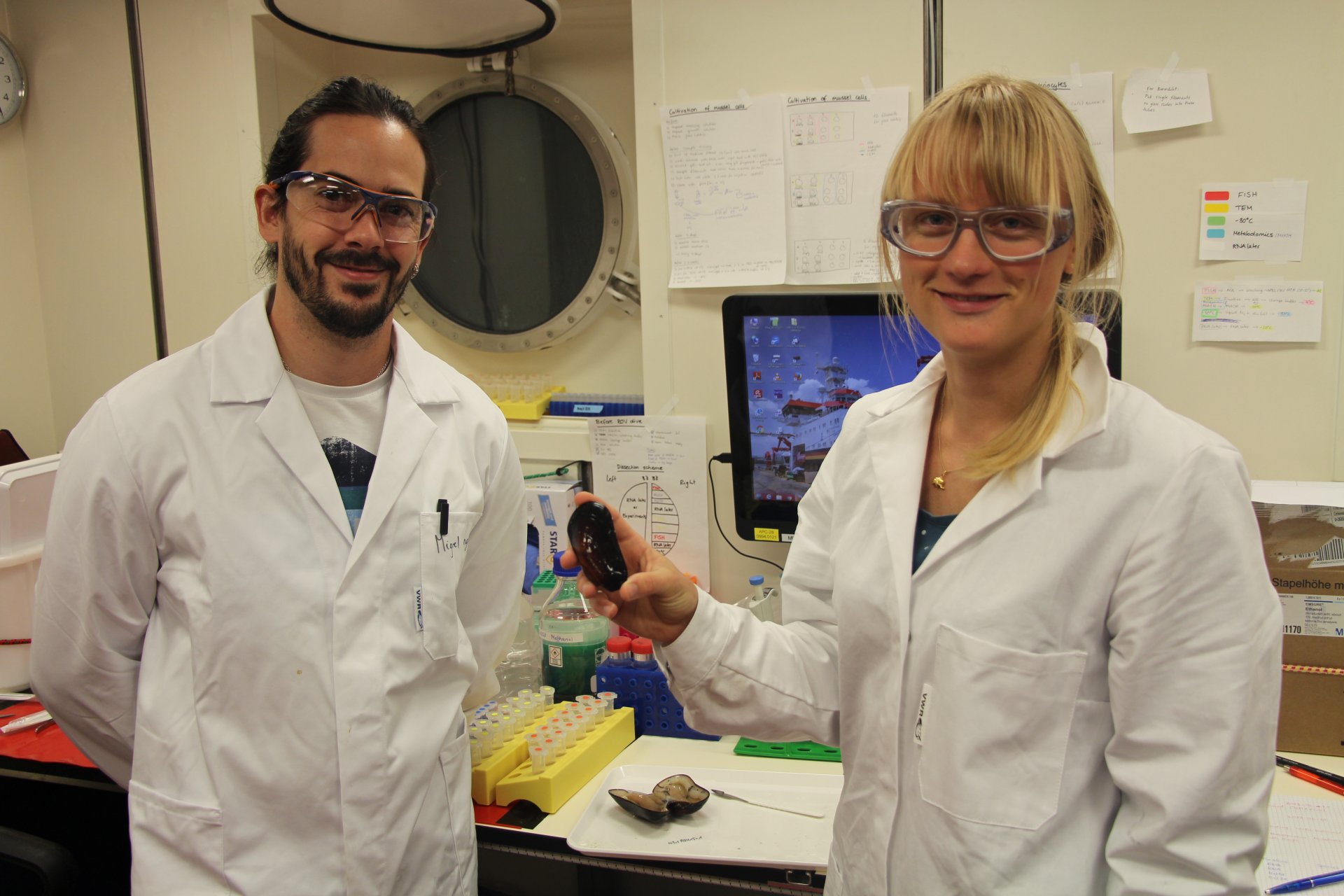
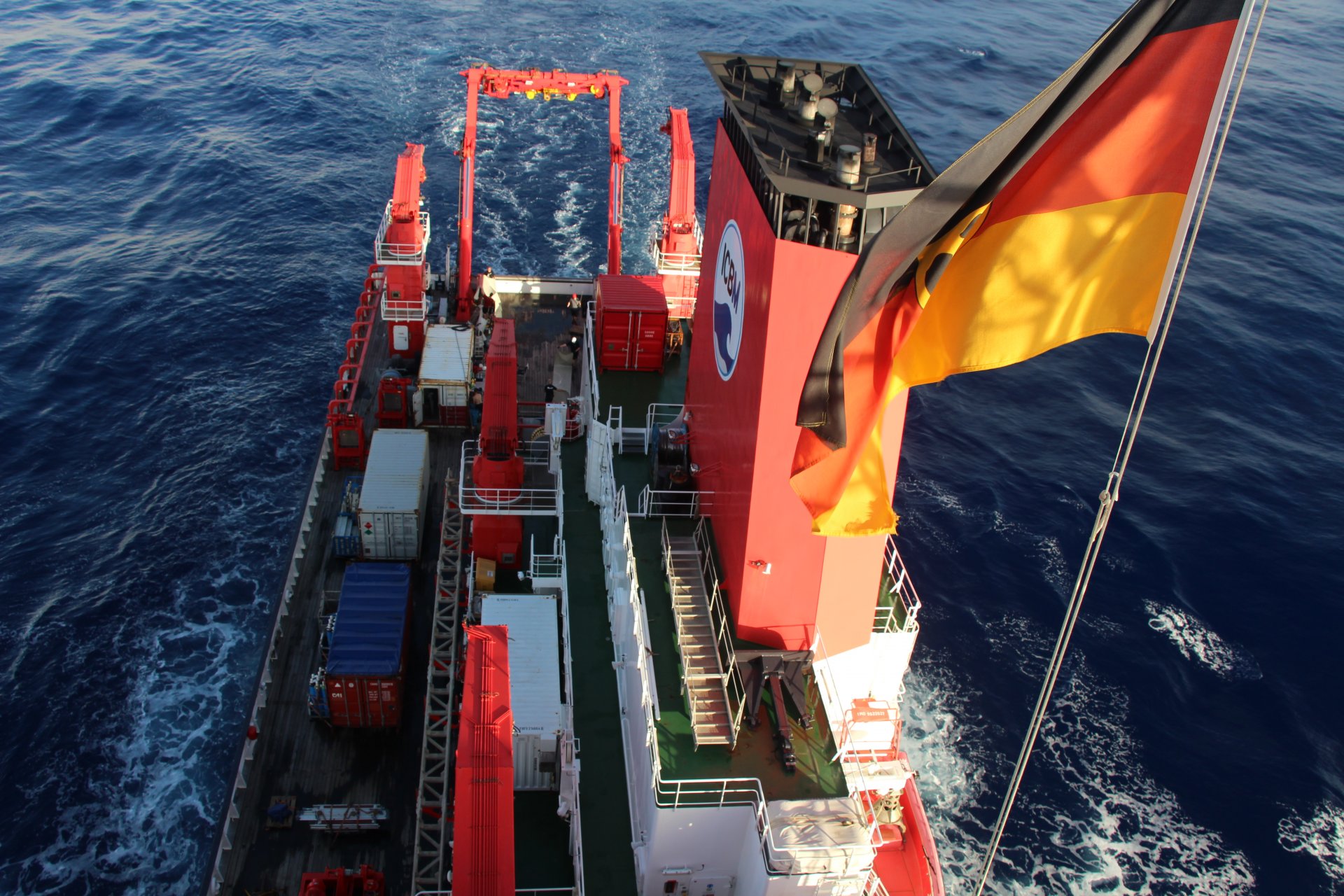
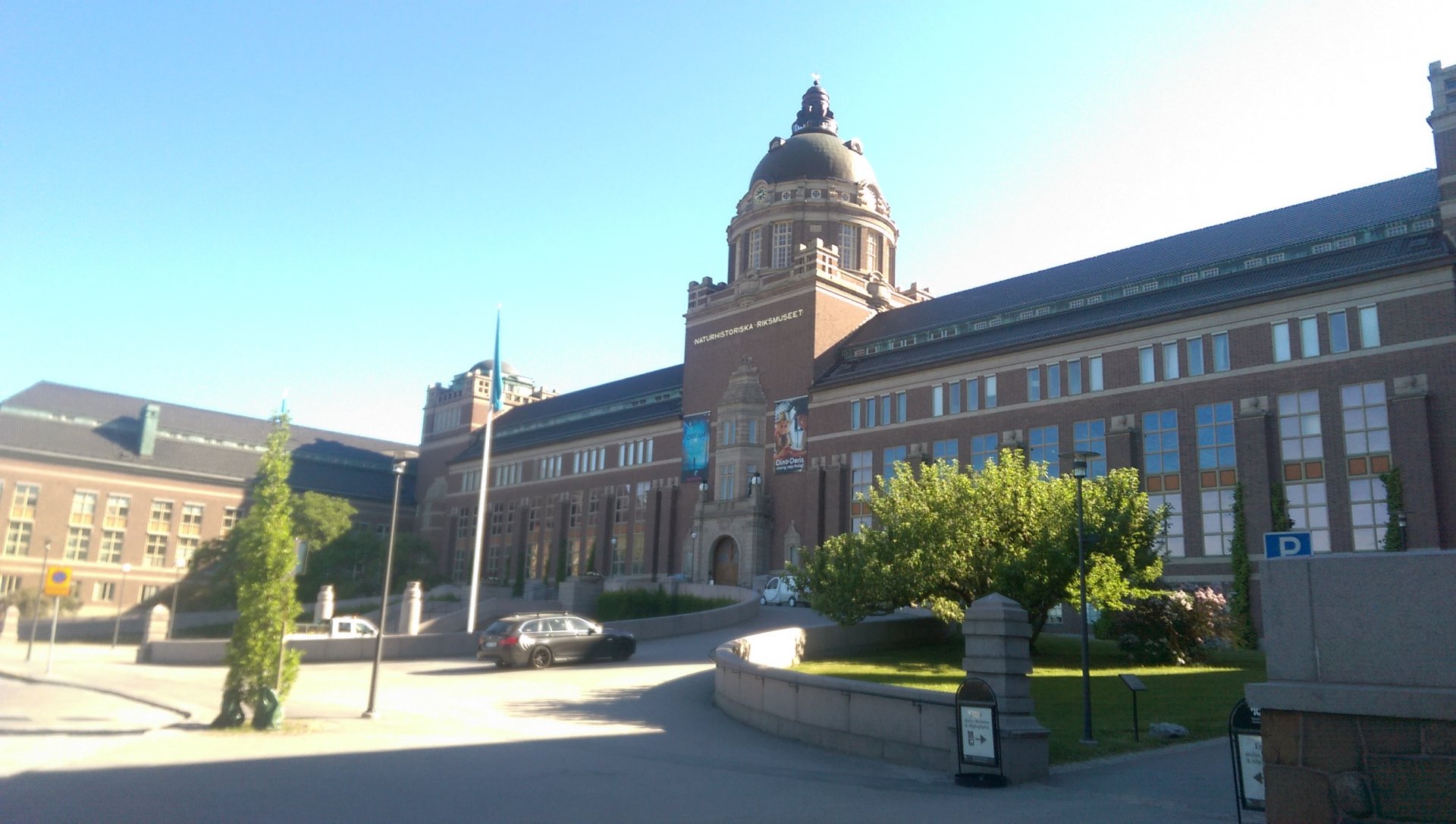
Baby-Bathys in NORDSIM lab, Stockholm
Great news: Maximilian Franke, working on "baby" Bathymodiolus mussels, got mearuement time at the NORDSIM lab of the Naturhistoriska riksmuseet in Stockholm. The analyses will give further insight into the trophic mode of Bathymodiolus mussel in early developmental stages.
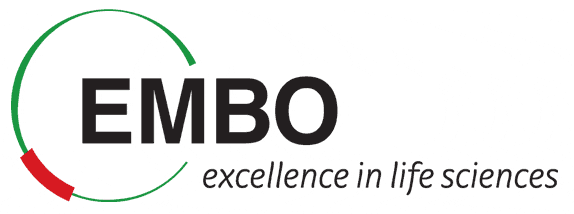
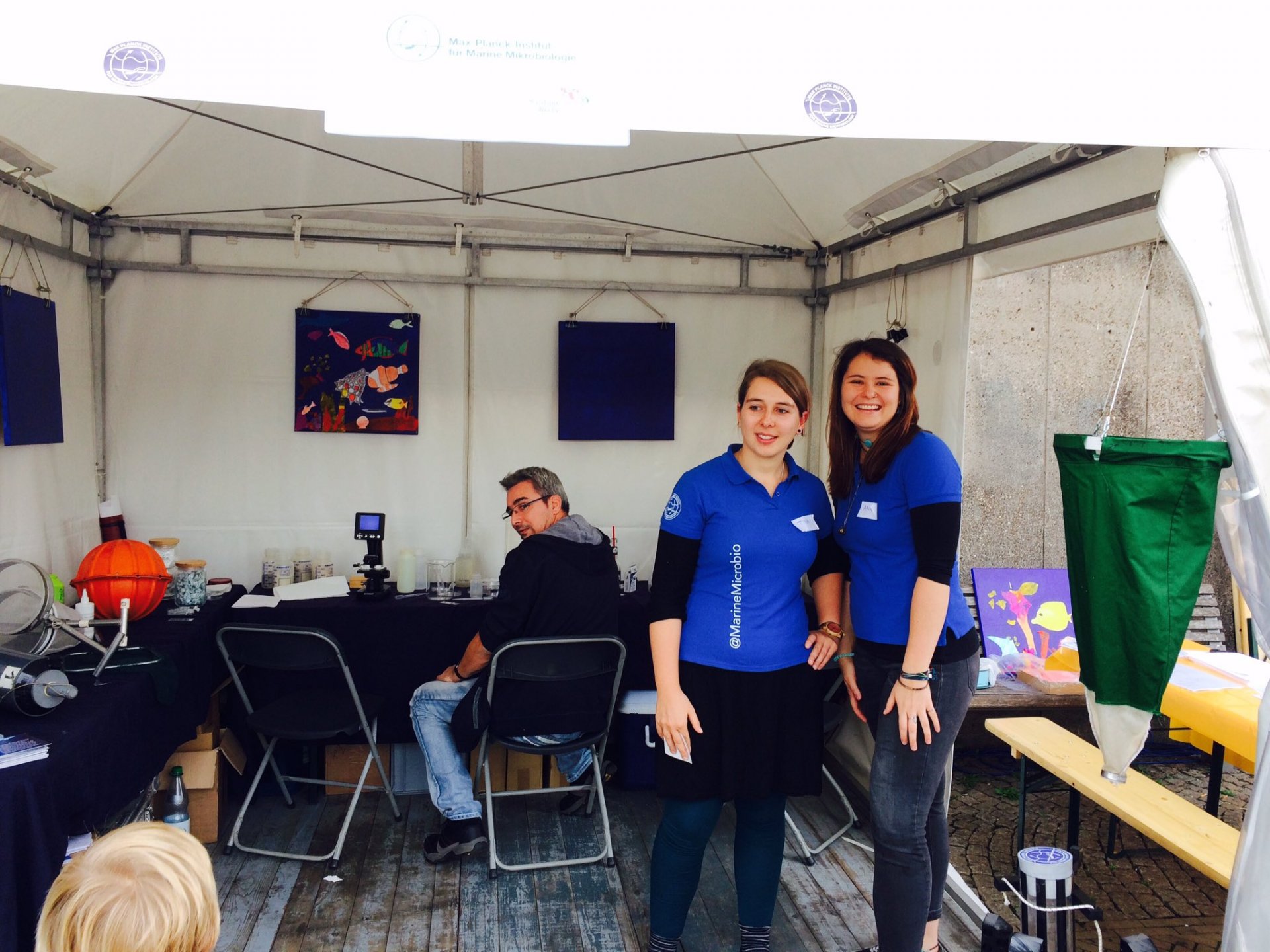
Getting people interested in the tiniest inhabitants in water
Two of our department members supported the press team on the weekend representing the MPI for Marine Microbiology at Maritime Meile 2017, Bremen. PhD students Anna Mankowski and Tina Enders assisted visitors to examine water samples from the Weser under the microscope and gave insights into our work in the world of marine microbes.
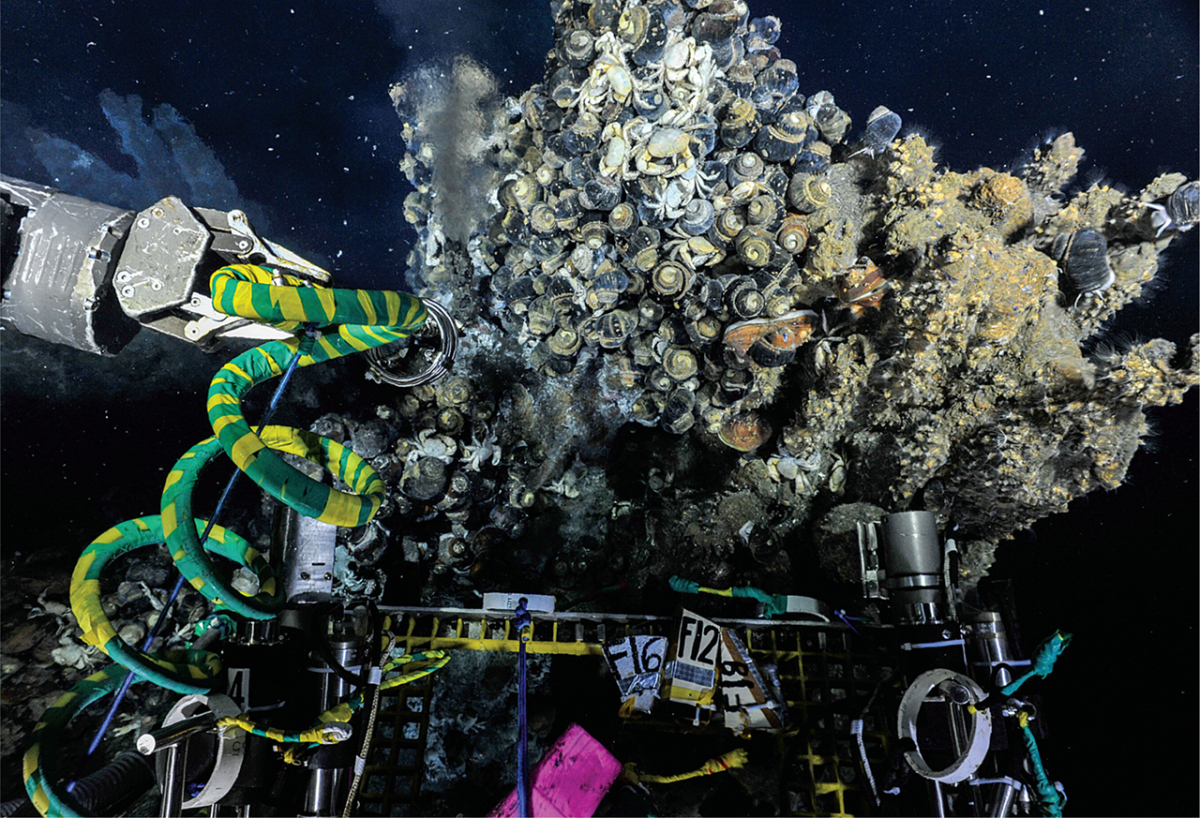
Chemosynthetic symbioses in the spotlight
Our research is featured in Science - click here to read the article!
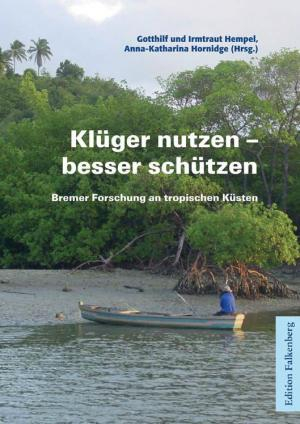
Book presentation: "Klüger nutzen – besser schützen: Bremer Forschung an tropischen Küsten"
Oliver Jäckle will read his chapter "Mund- und darmlos in den Sedimenten mariner Tropen – Symbiose macht’s möglich" from a new book published by the Leibniz-Zentrum für Marine Topenforschung - ZMT.
The reading is in German and will take place on September 18, 2017 at 18:00 on board of the ship Oceana at Weserpromenade Anleger 9 in Bremen. For directions how to get there, search for "Hinter der Mauer 8-9" in Google. Further information about the different piers can be found here: Schlachte brochure. Come over to hear some interesting facts about symbiosis in tropical sediments!
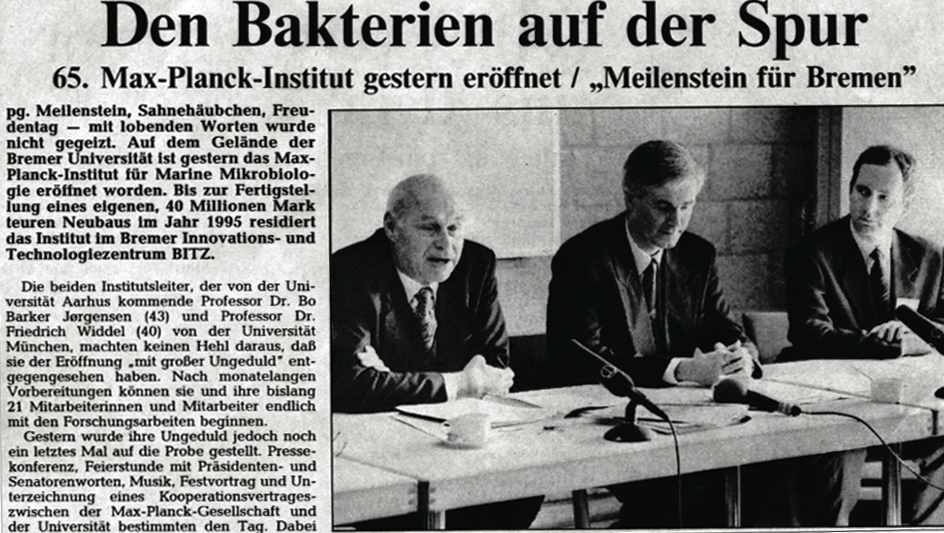
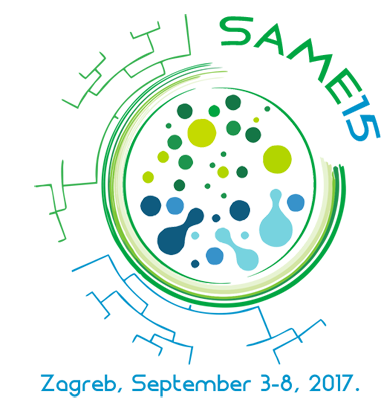
Department of Symbiosis at the SAME15
PhD student Oliver Jäckle is presenting his research about symbionts in Paracatenula at the SAME15 – 15th Symposium on Aquatic Microbial Ecology today! Enjoy!
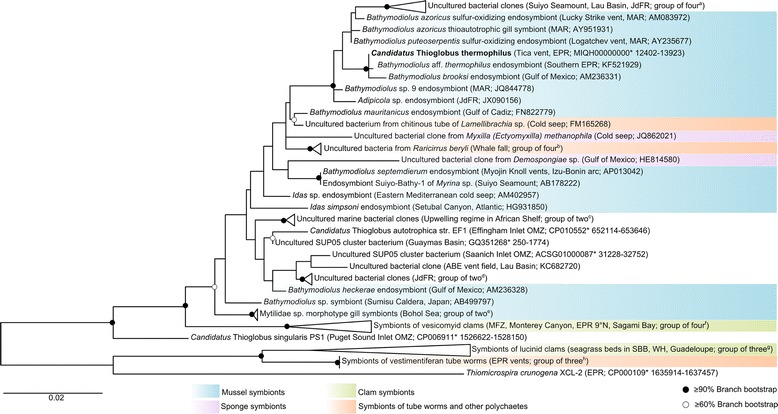
New publication about symbiosis in Bathymodiolus mussels is out!
A new symbiont genome has been published with participation of Lizbeth Sayavedra from our group!
Check out the paper to find out more about sulfur-oxidising symbionts in deep-sea mussel B. thermophilus!
Archive
Friedrich Hirzebruch Prize awarded to Manuel Kleiner

Poster prize for PhD student Adrien Assie

ERC Advanced Grant awarded to Nicole Dubilier
For more information see our press release (only in German).

Nicole Dubilier appointed Director at the Max Planck Institute in Bremen
For more information see our press release.
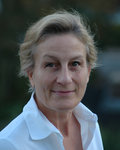
Leibniz Award for Nicole Dubilier
For more information see our press release (only in German) and the press release of the DFG.
Nicole Dubilier was elected to Fellowship in the American Academy of Microbiology

Symbiosis Group leader receives prestigious investigator award from the Gordon and Betty Moore Foundation
For more information about the Initiative see here.
Click here to see the Max Planck Society press release.

A toxic menu - Marine worm feeds on carbon monoxide and hydrogen sulphide with the help of symbiotic bacteria
The worm, Olavius algarvensis, can thrive on these poisons thanks to millions of symbiotic bacteria that live under its skin. They use the energy from carbon monoxide and hydrogen sulphide to produce food for the worm. Read more
Original article (open access)
Nature Research Highlight
CNN
Die Zeit
Science Daily
From bits of science: "O. algarvensis and its symbionts can thrive in surroundings where other organisms would surely perish. In that it makes for a nice metaphore. Sometimes solid cooperation can turn even the most toxic situations into something productive."

Interview with Nicole Dubilier at the 'Frontiers in the Life Sciences' Symposium at Cornell University in April 2012
Our proposal to the 2011 Community Sequencing Program of the DOE Joint Genome Institute has been approved!

Film about our research cruise with the RV Meteor to the Menez Gwen hydrothermal vent

Symbiosis Group member wins the Wolf Vishniac Award

Hydrogen highway in the deep sea
The search for new energy sources to power mankind’s increasing needs is currently a topic of immense interest. Hydrogen-powered fuel cells are considered one of the most promising clean energy alternatives. While intensive research efforts have gone into developing ways to harness hydrogen energy to fuel our everyday lives, a natural example of a living hydrogen-powered ‘fuel cell’ has gone unnoticed. During a recent expedition to hydrothermal vents in the deep sea, researchers from the Symbiosis Group discovered mussels that have their own on-board ‘fuel cells’, in the form of symbiotic bacteria that use hydrogen as an energy source. Their results, which appear as the cover story in the August 11th issue of Nature, suggest that the ability to use hydrogen as a source of energy is widespread in hydrothermal vent symbioses.
Original article
News and Views article by Victoria Orphan and Tori Hoehler
This paper was reported in:
- Faculty of 1000
- Nature PodCast
- ScienceDaily
- Microbe World BacterioFiles
- German evening news (ZDF Heute Journal, beginning at ~23 minutes)
- German science radio (DRadio Wissen - "Wasserstoff als Energiequelle")
- Numerous German and international newspapers (e.g. Die Zeit, Frankfurter Allgemeine Zeitung, SpiegelOnline, msnbc)
- Science blogs (e.g. Jonathan Eisen's The Tree of Life)
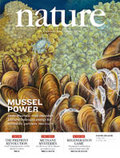
Interview with Nicole Dubilier at ASM 2011 in New Orleans

Symbiosis Group member wins regional FameLab competition
News from our cruise to the Azores
Read the blog written by Dr. Nicole Dubilier and watch videos by Dennis Fink on the news pages of the Hamburger Abendblatt. The english versions of the videos can be found here.
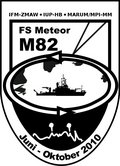
Article in the Max Planck Journal
Do Mediterranean tubeworms like it hot?
Christian Lott, Judith Zimmermann
